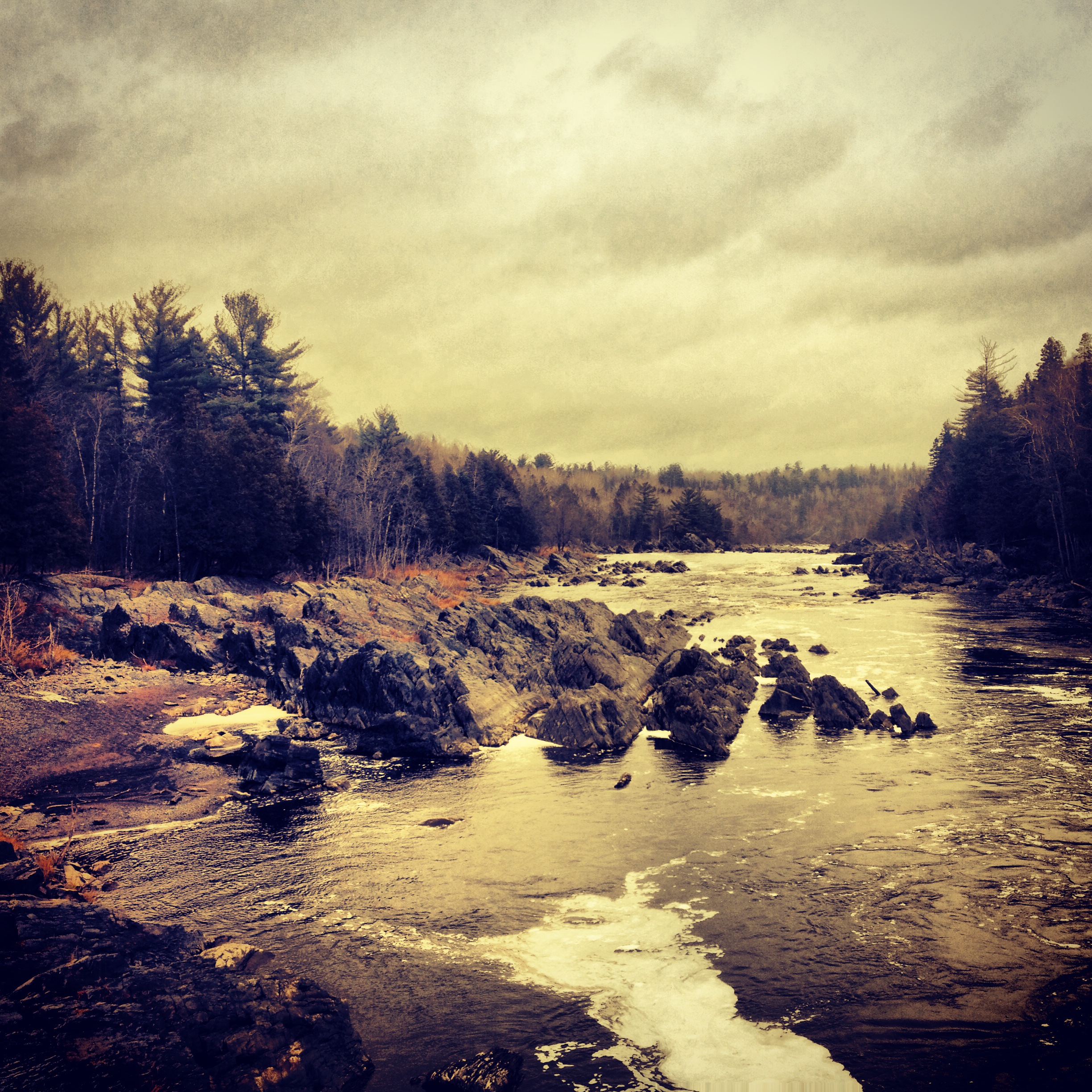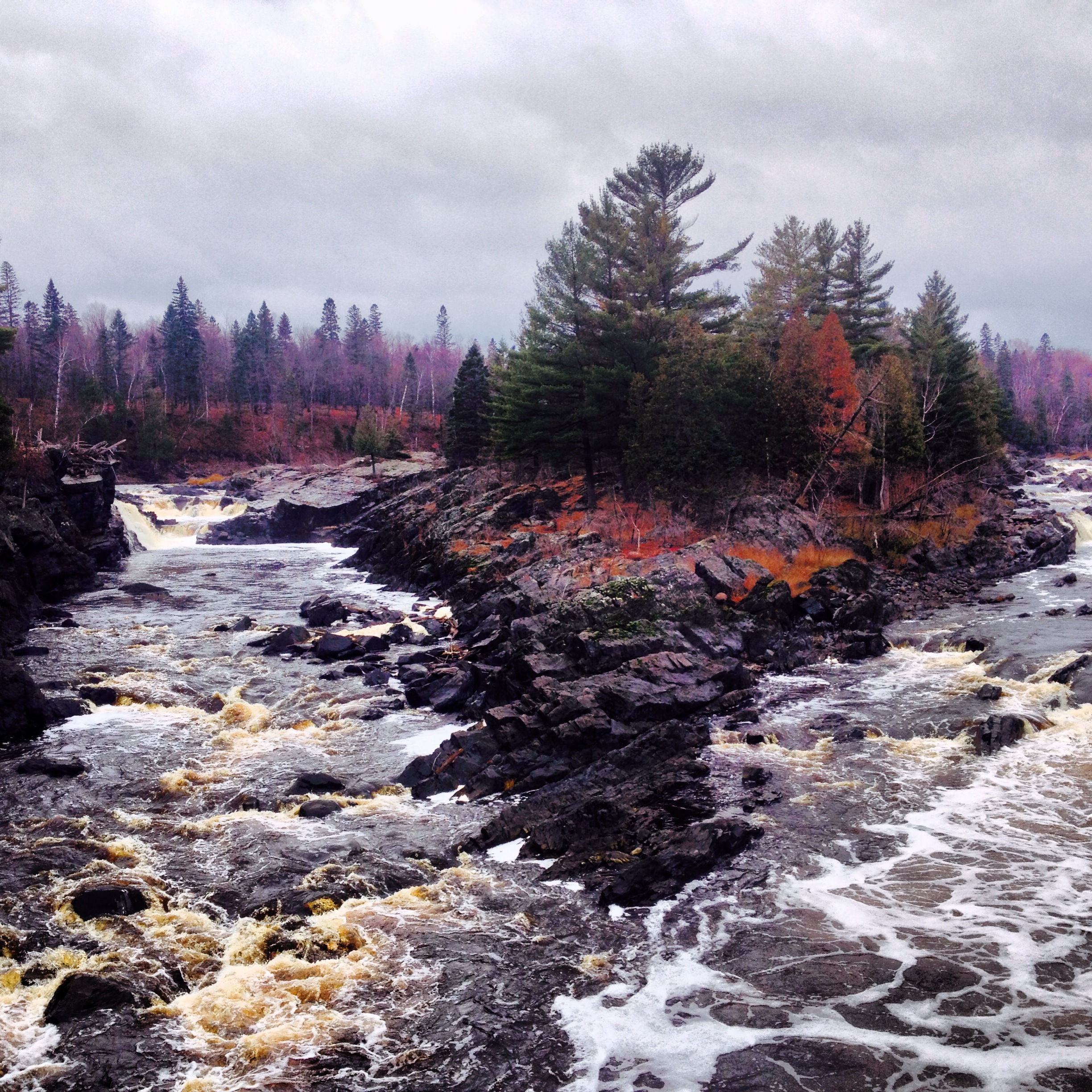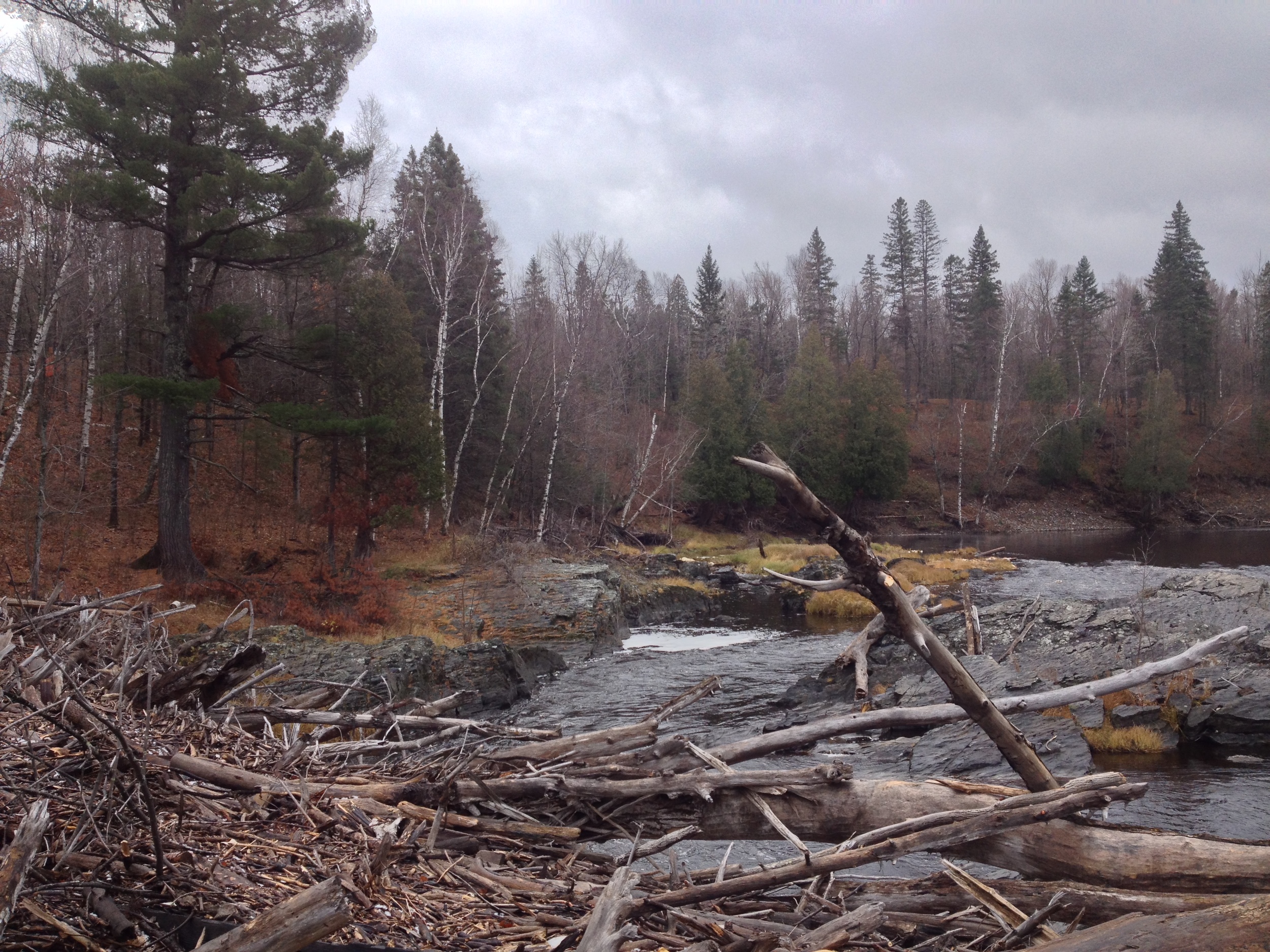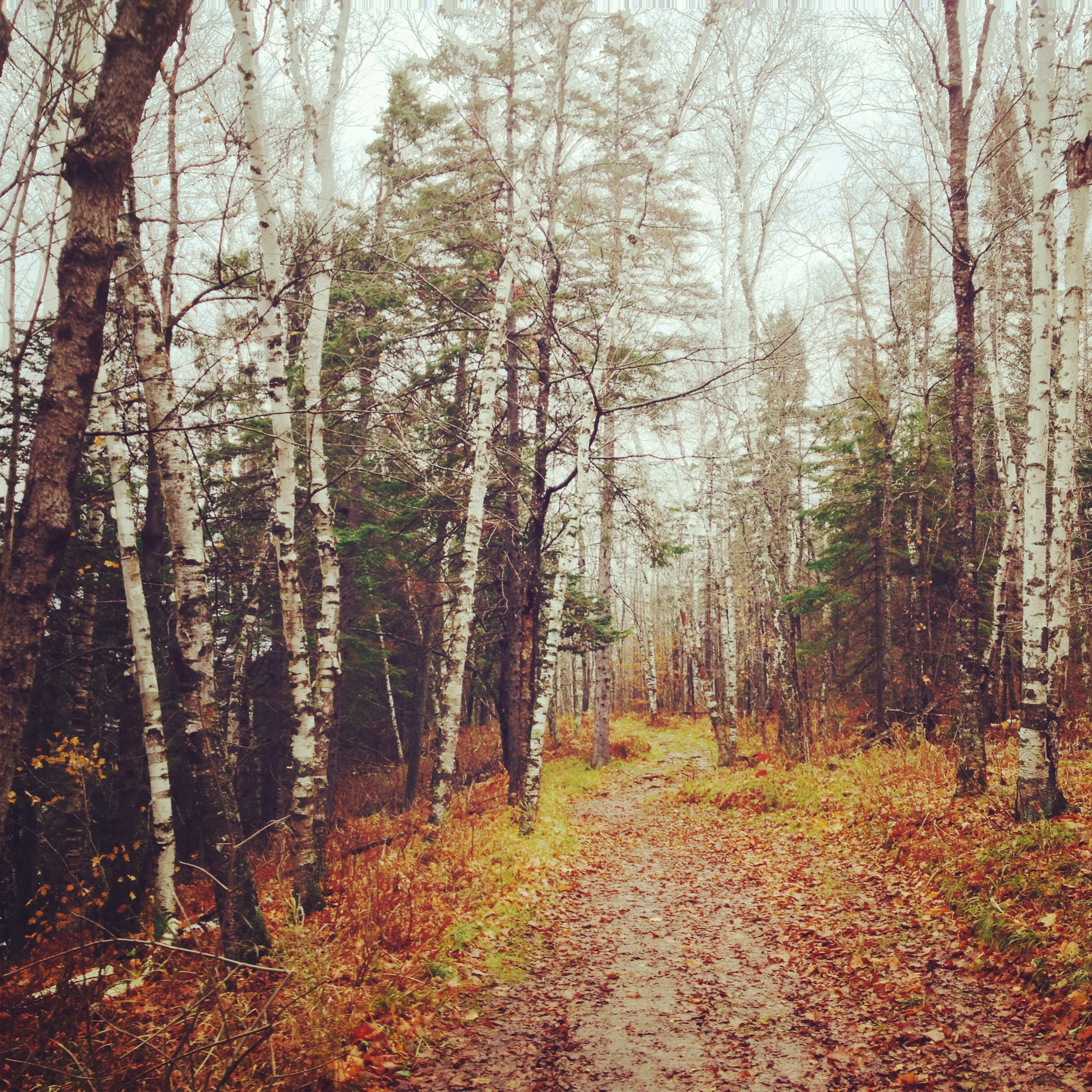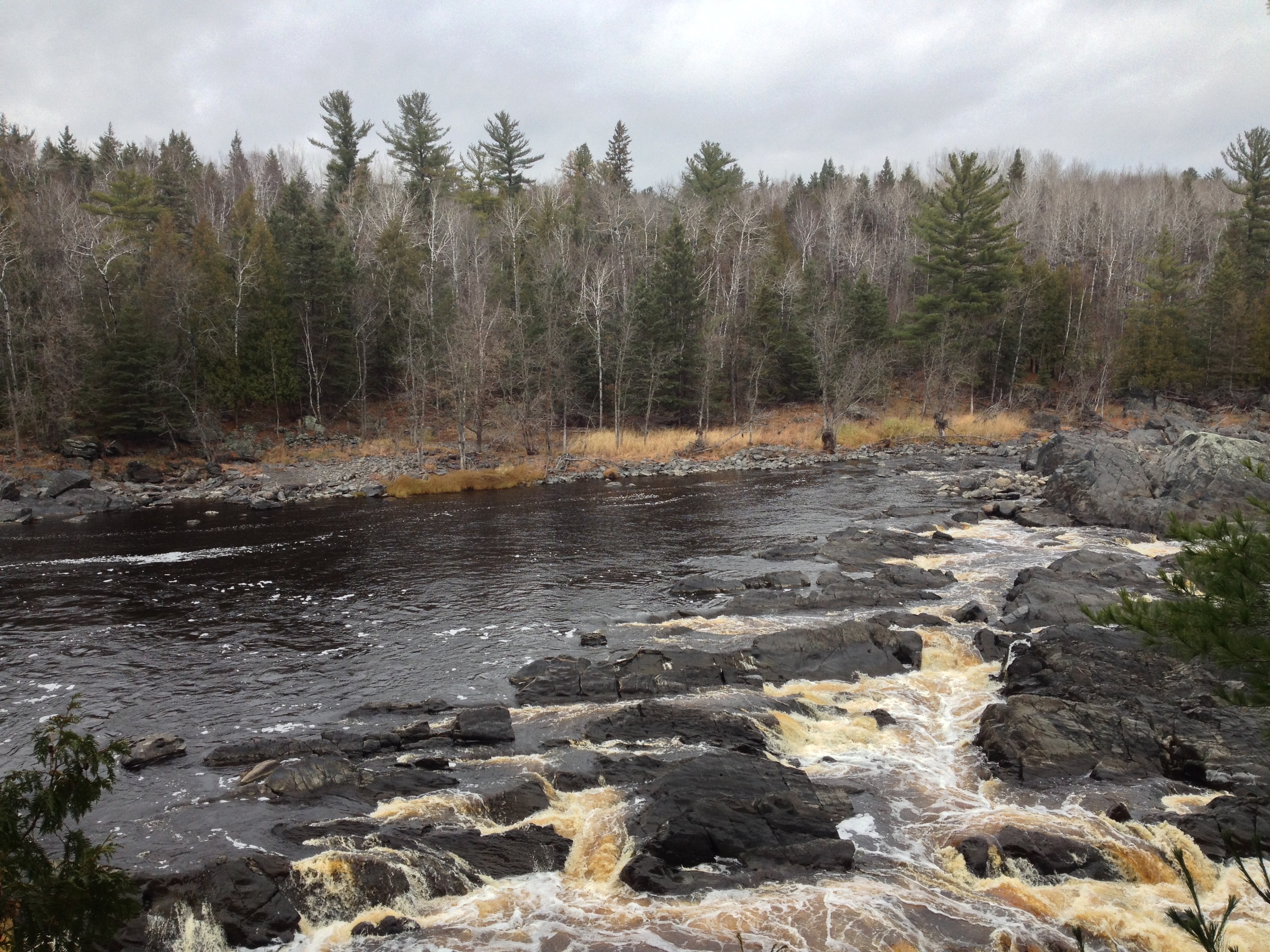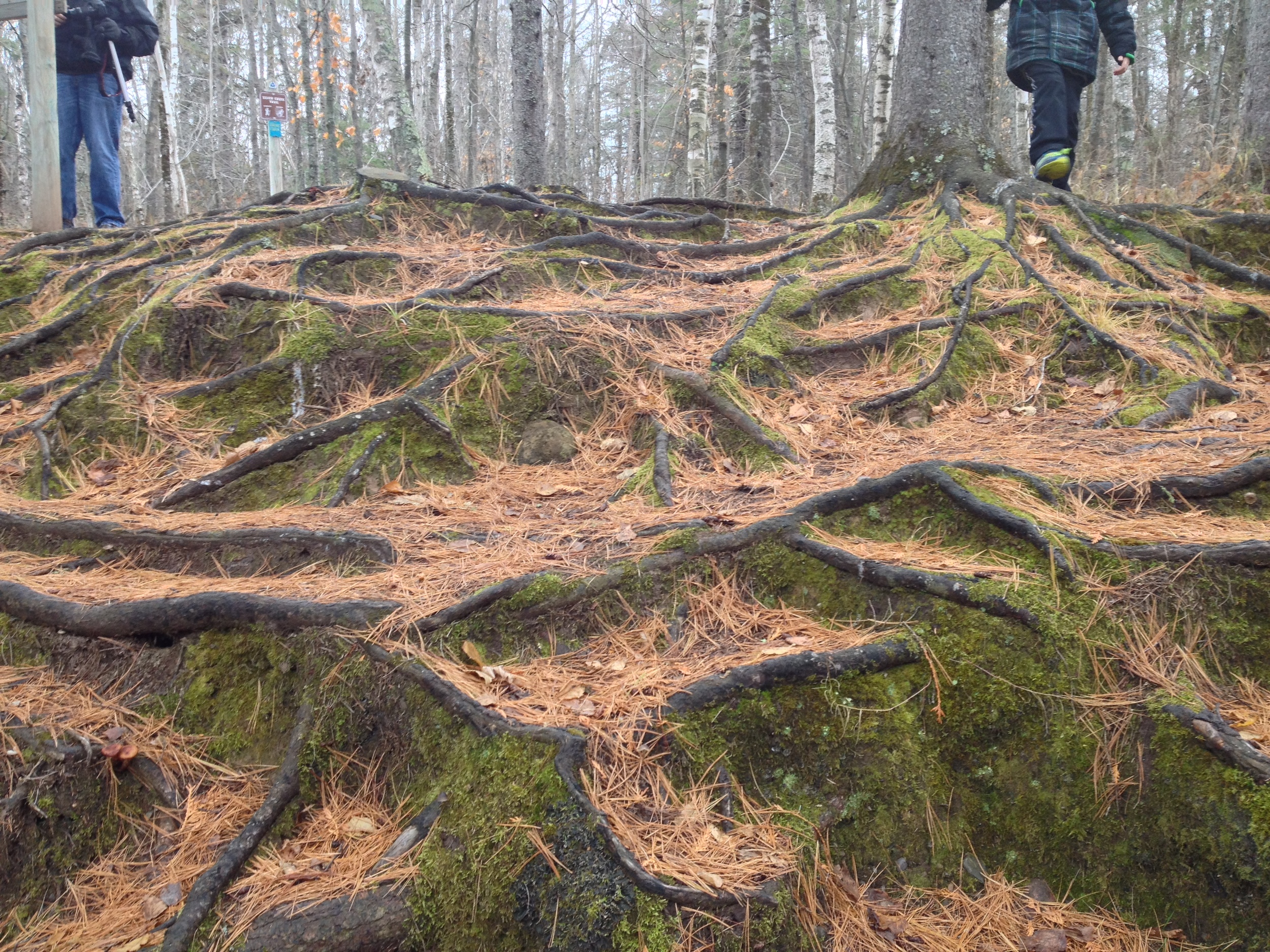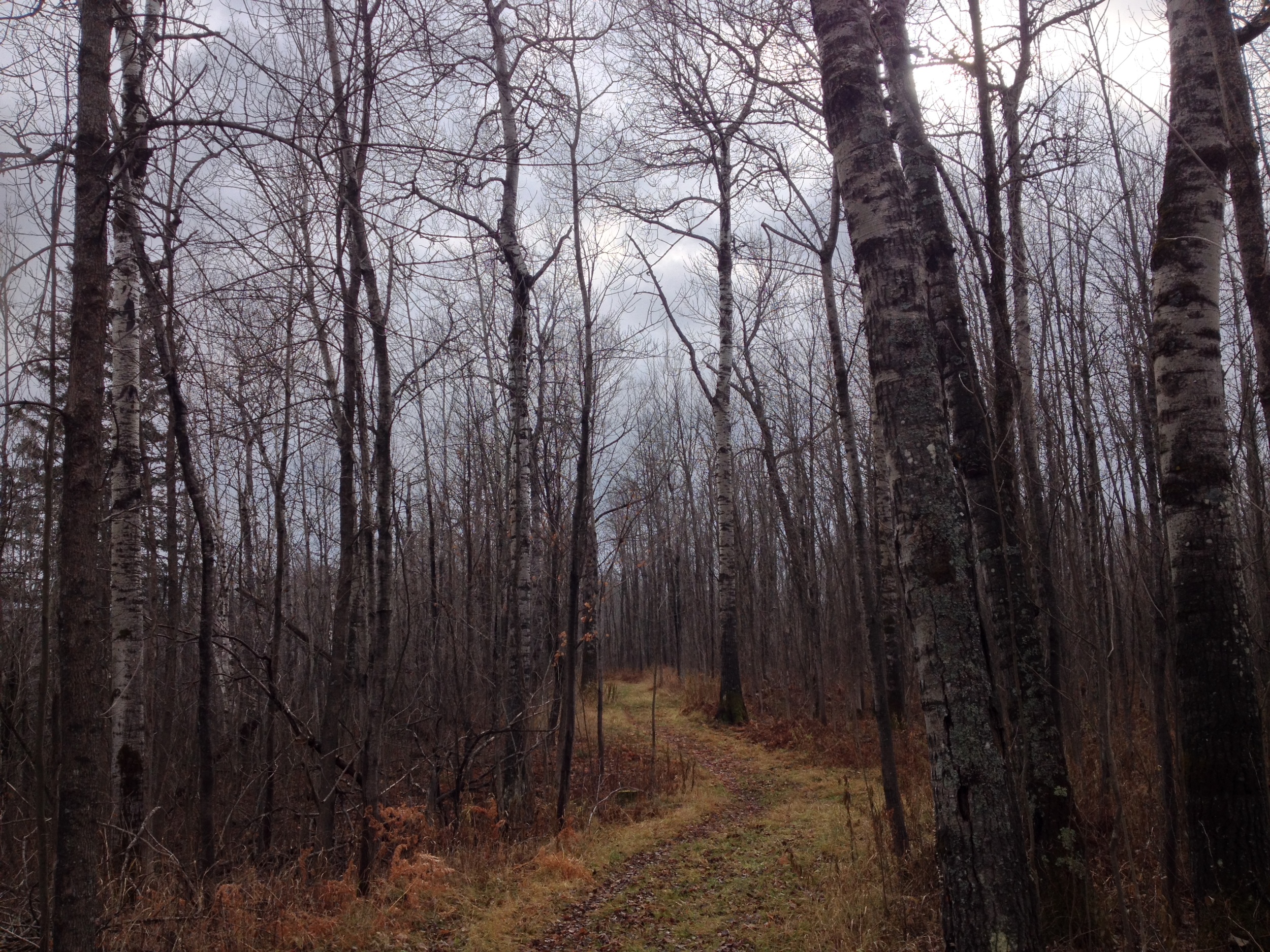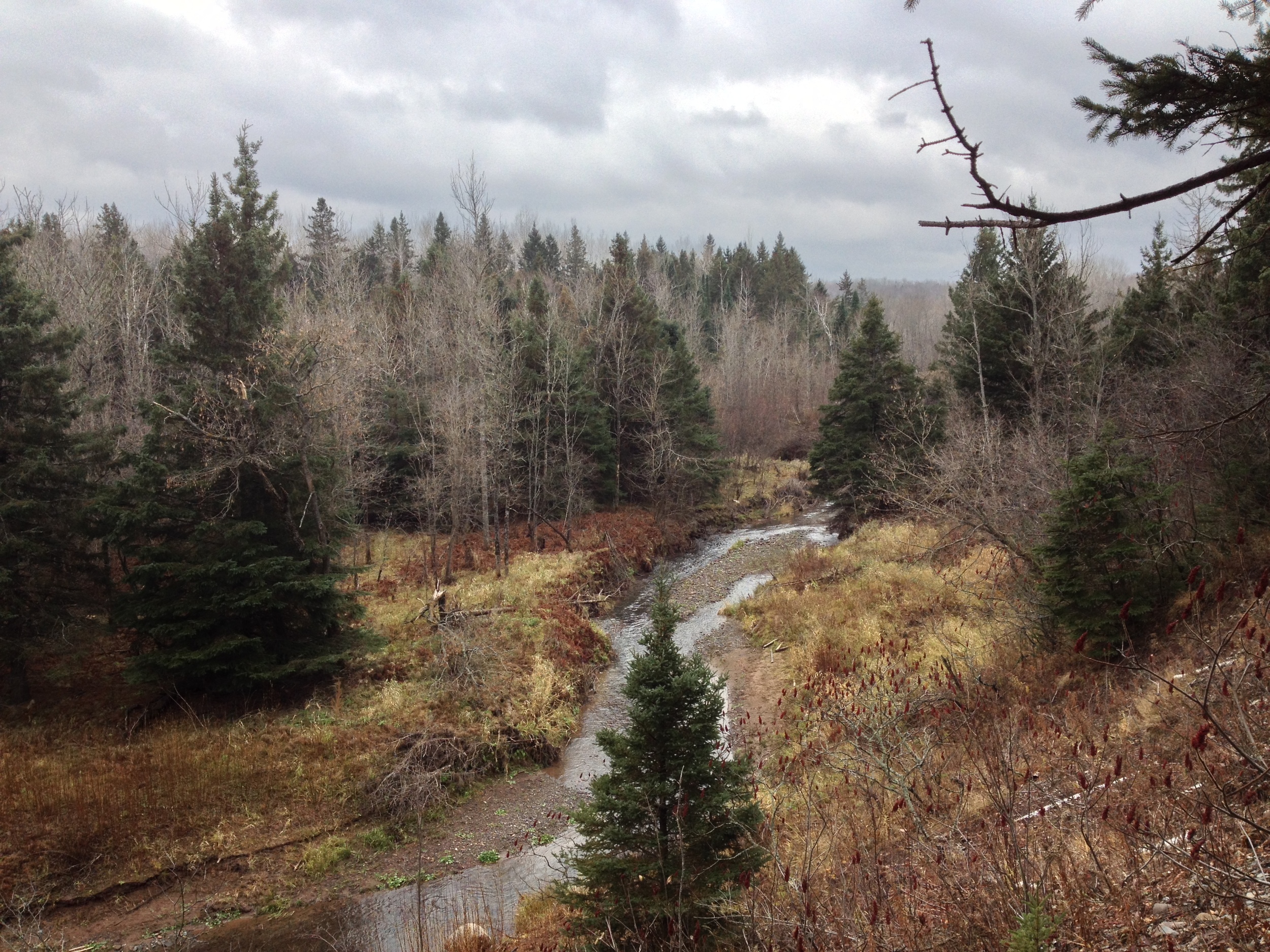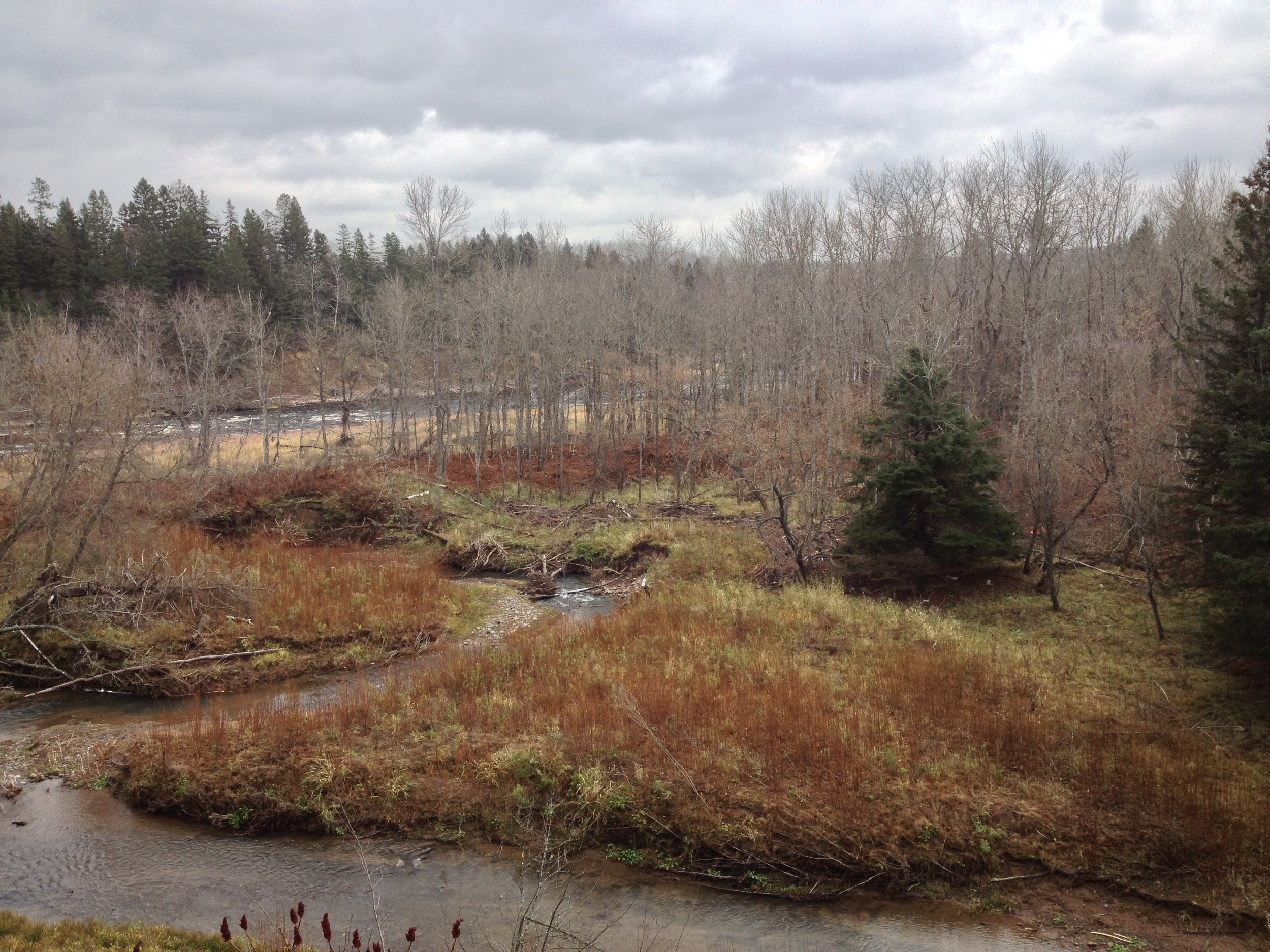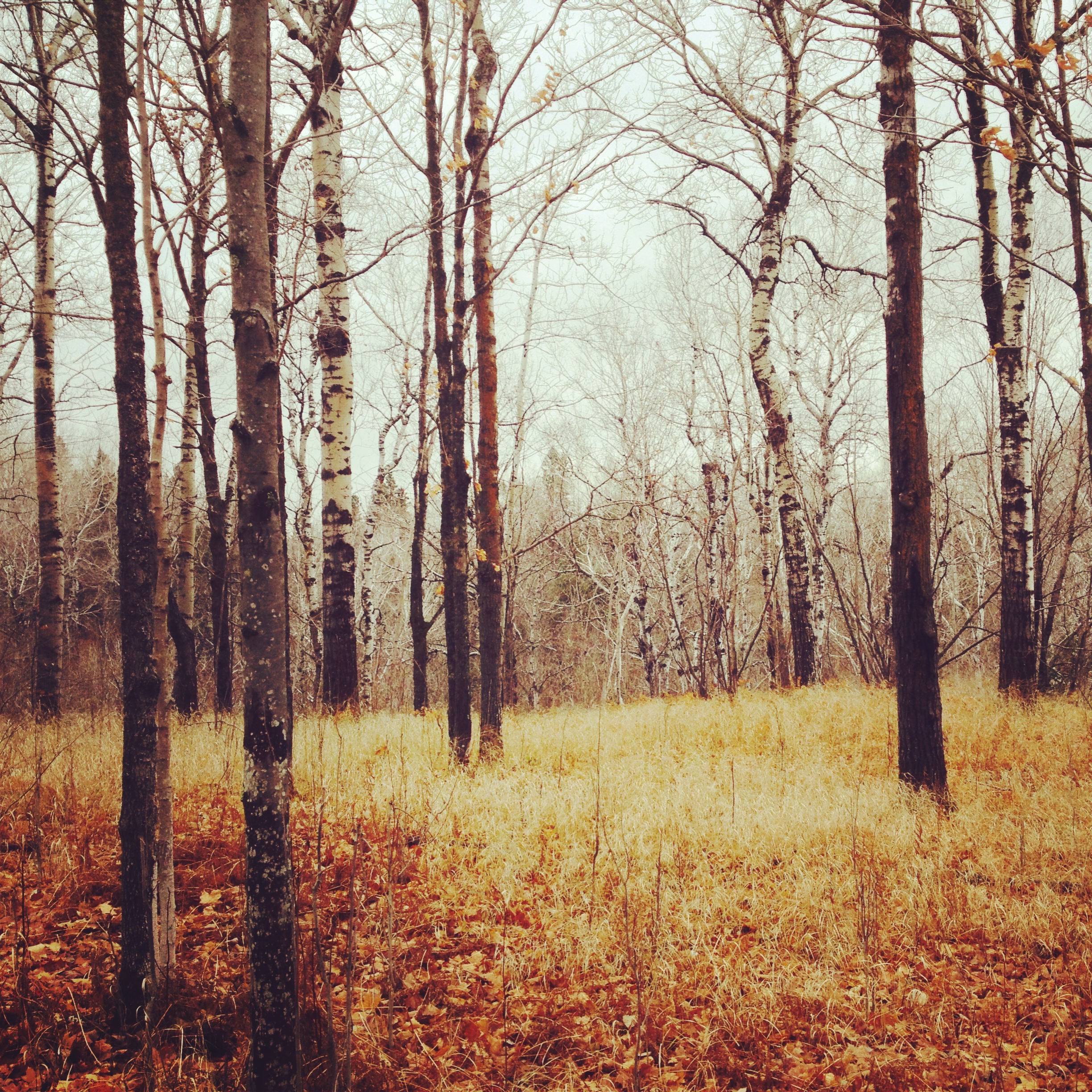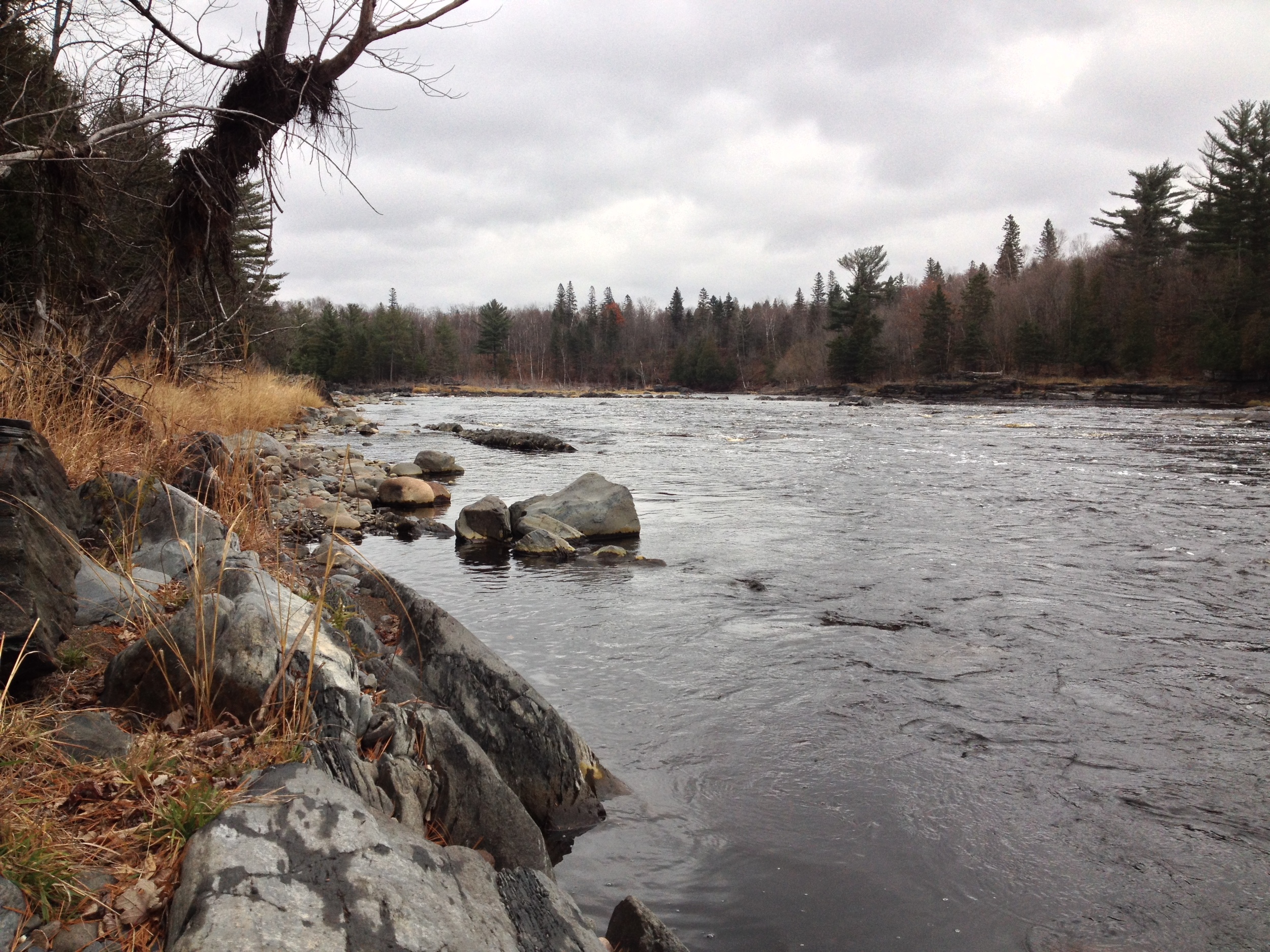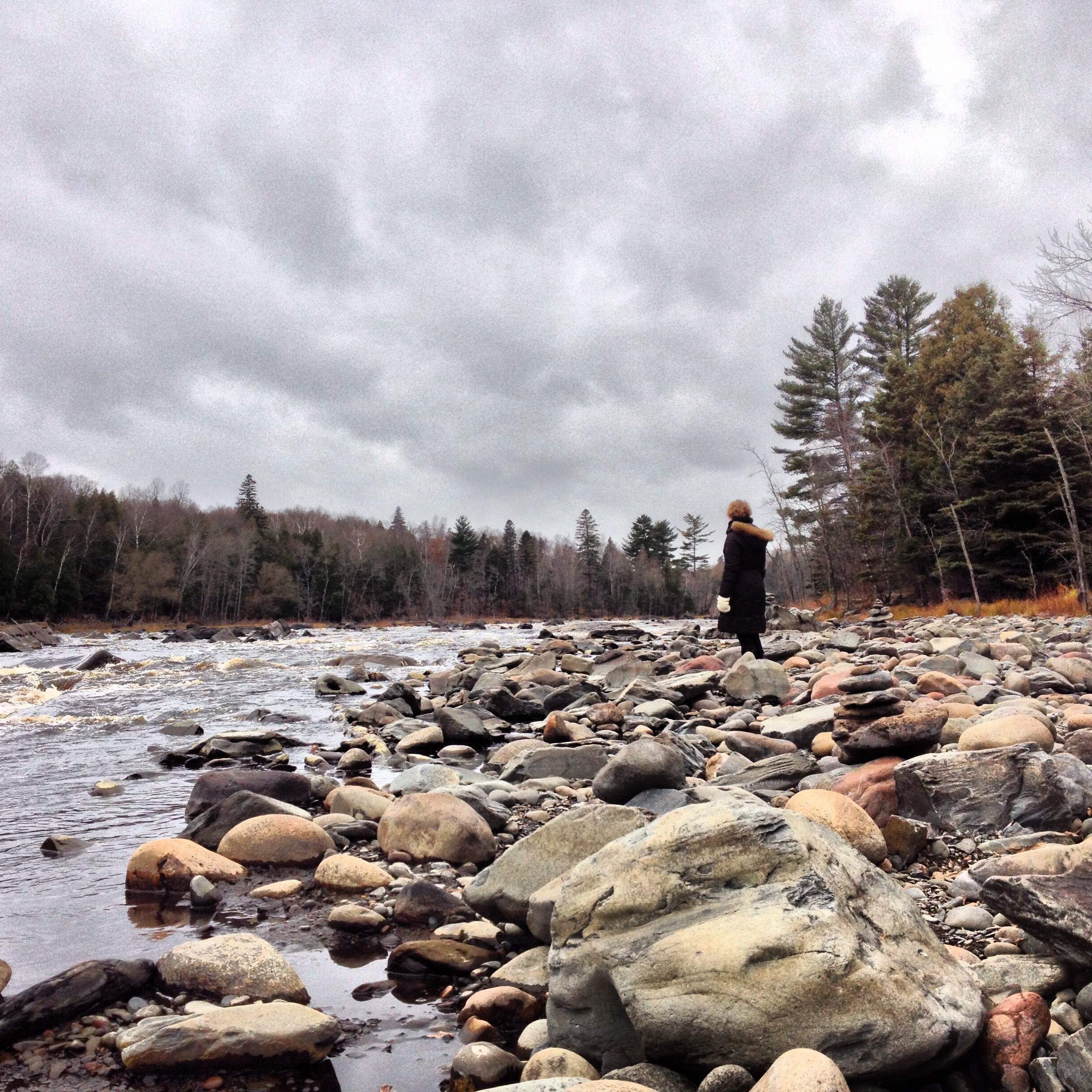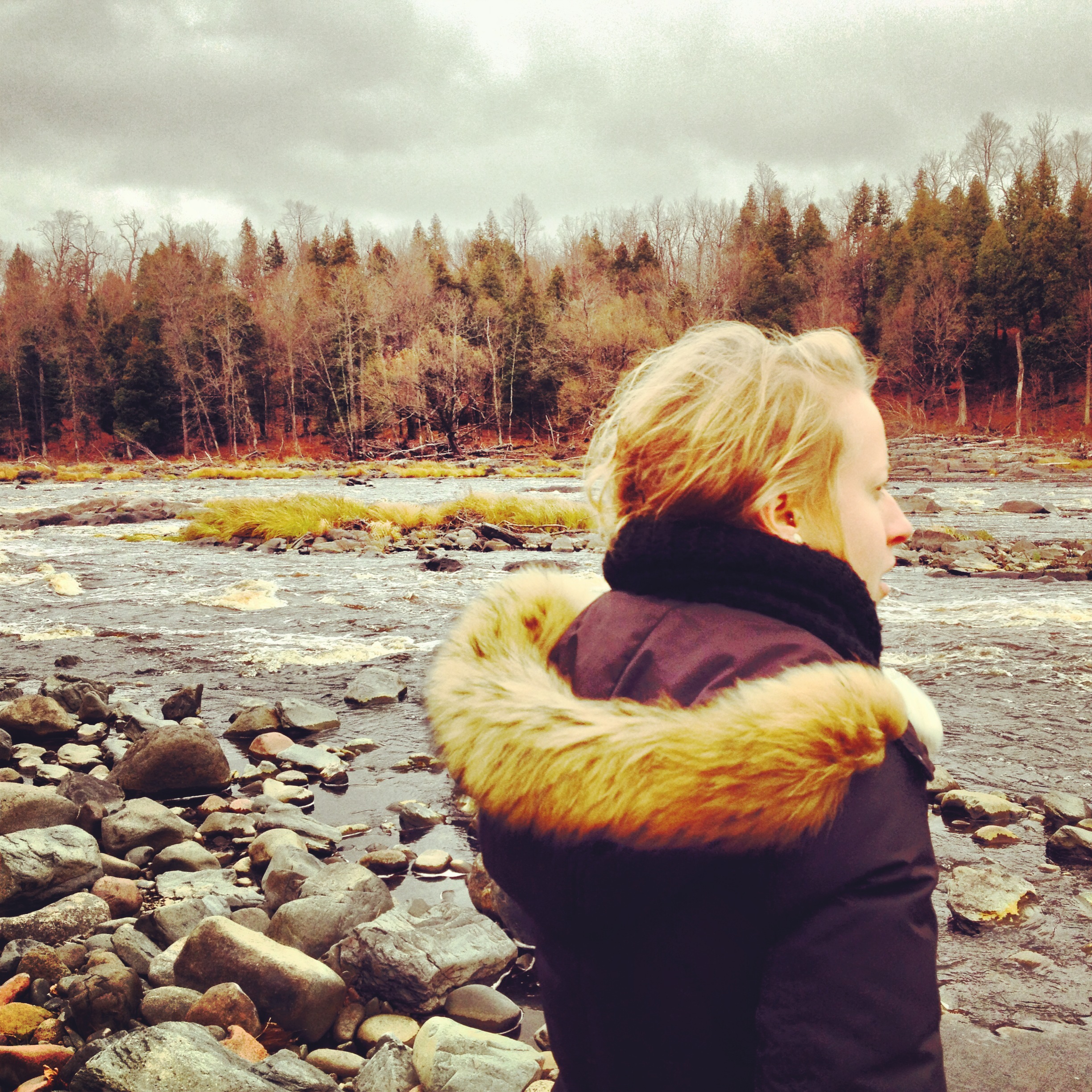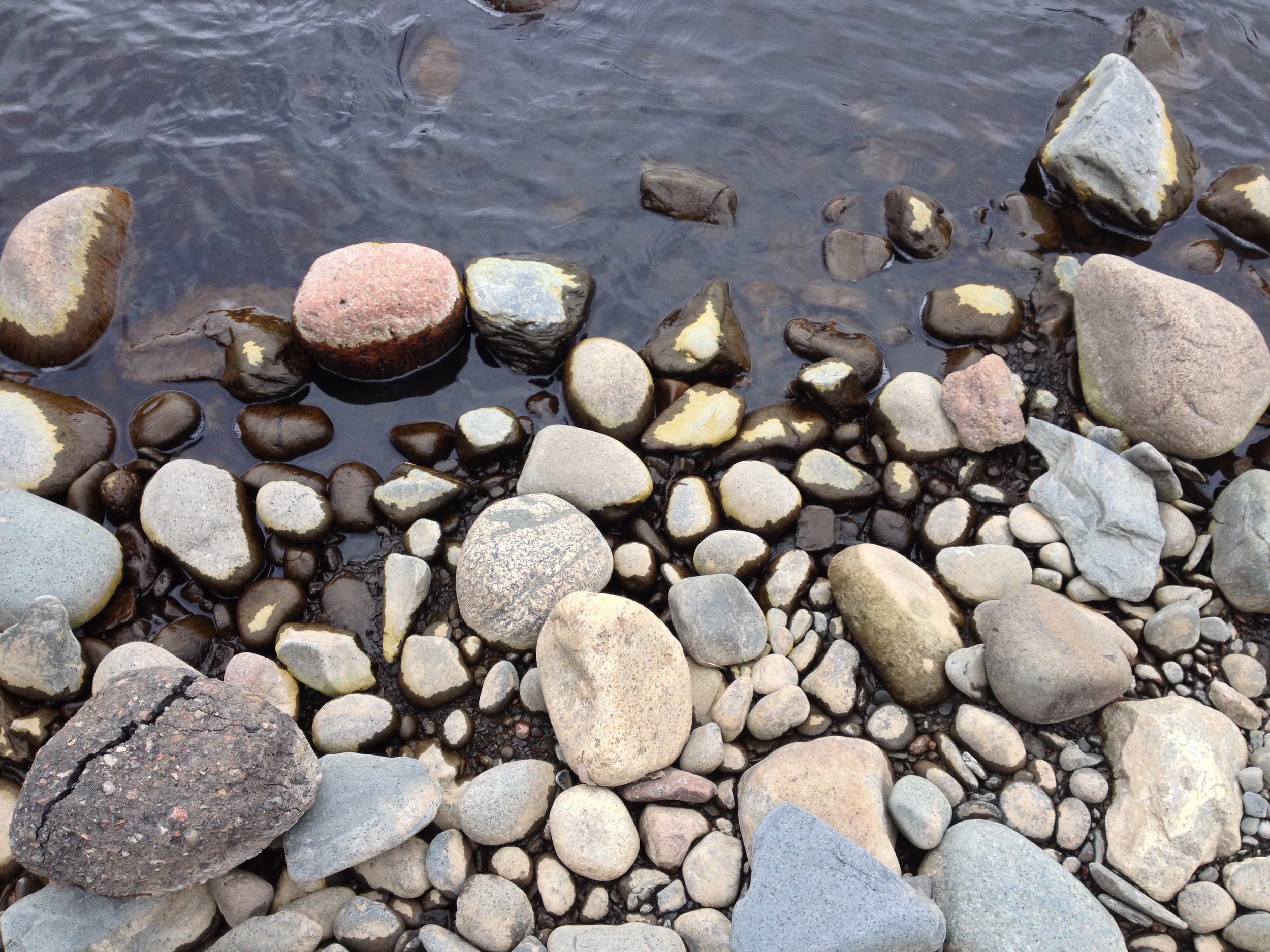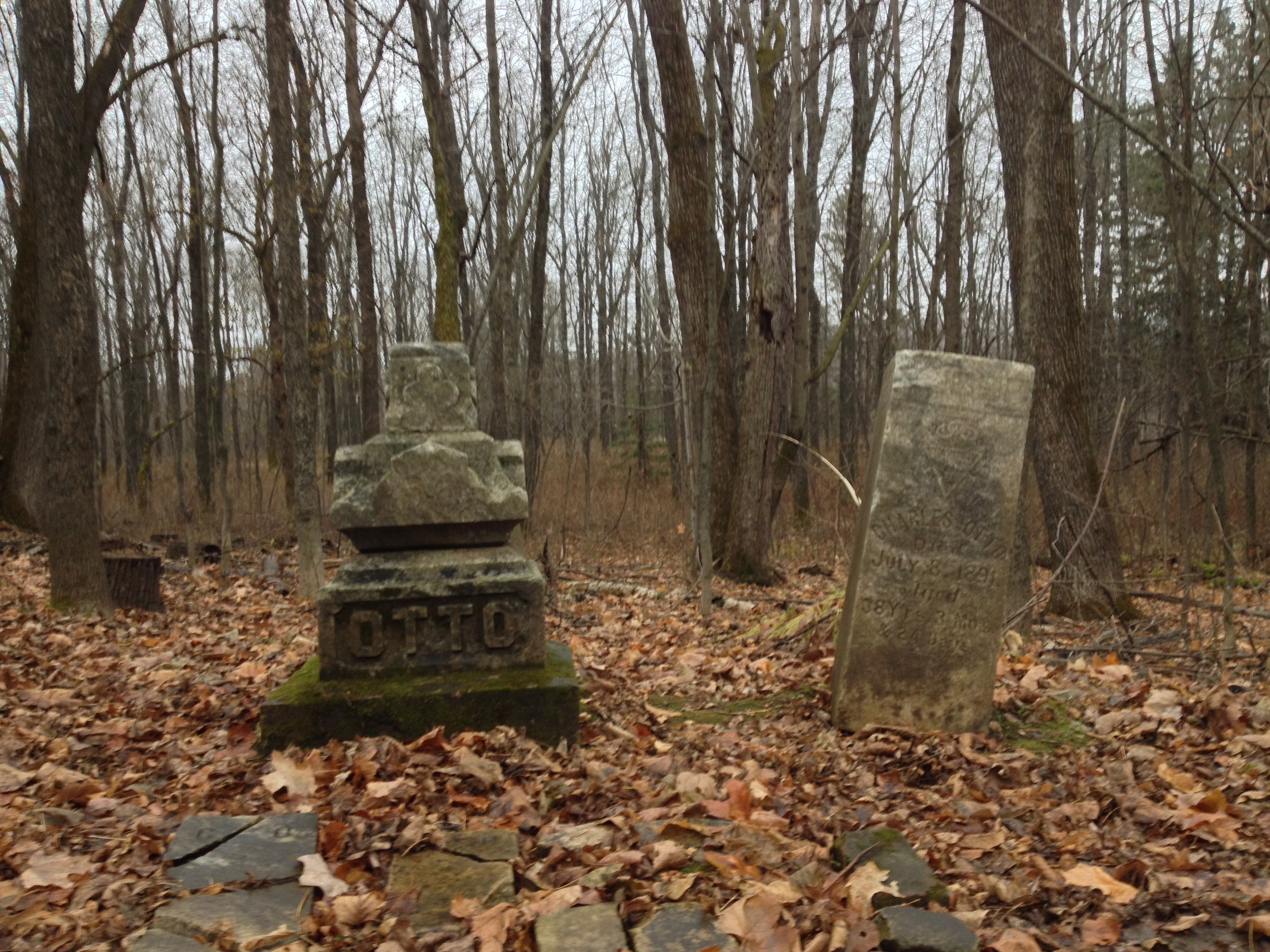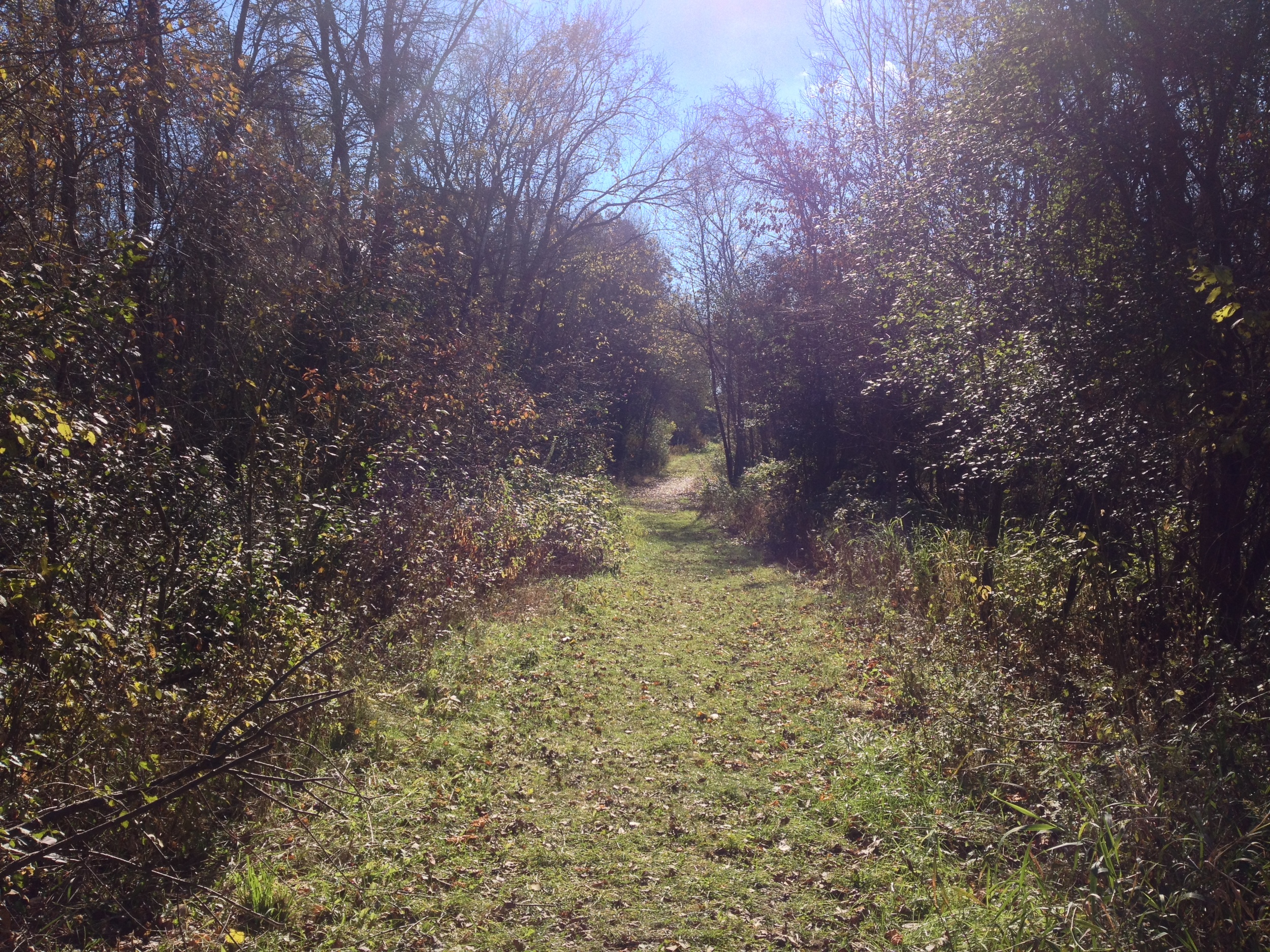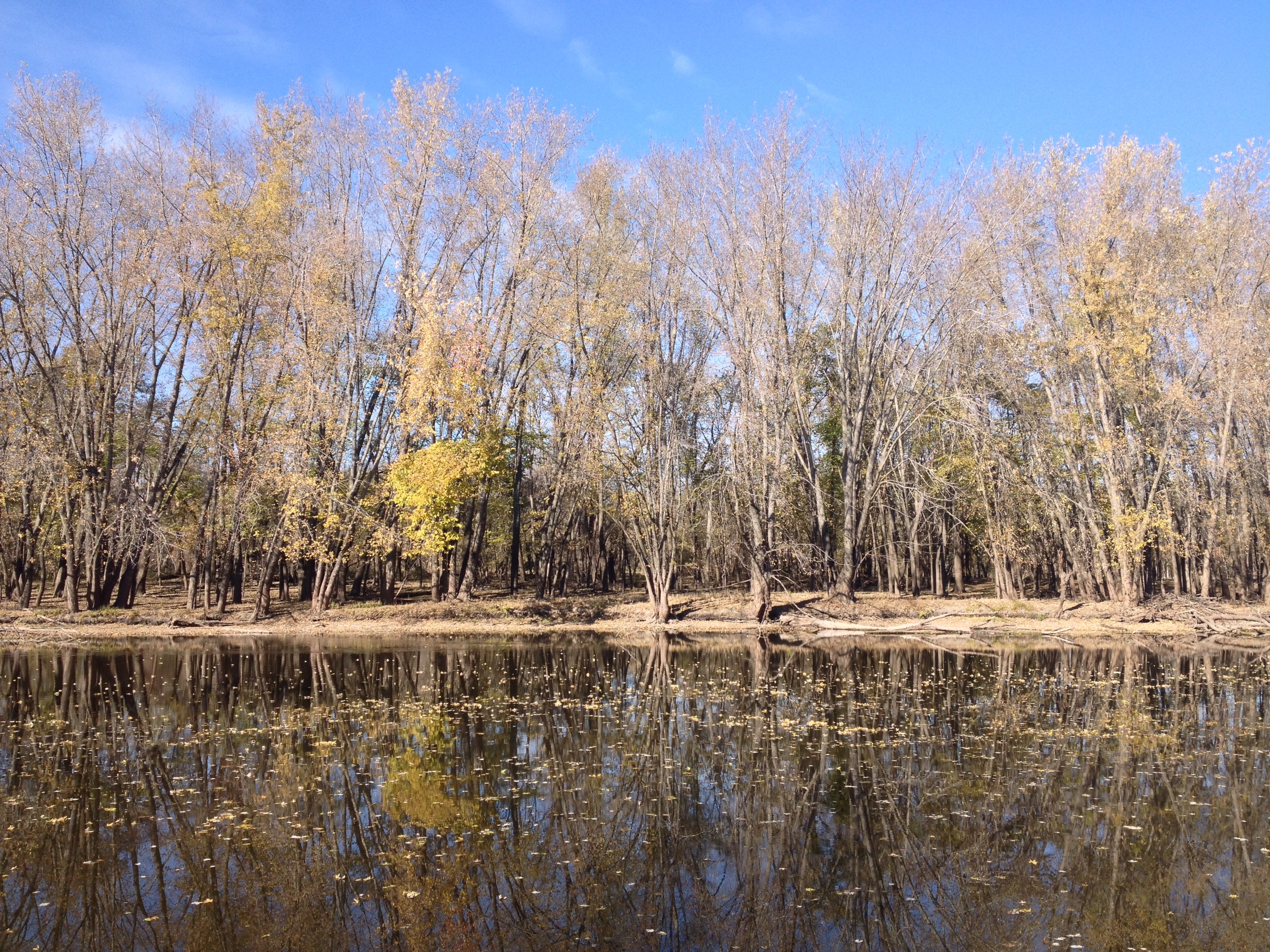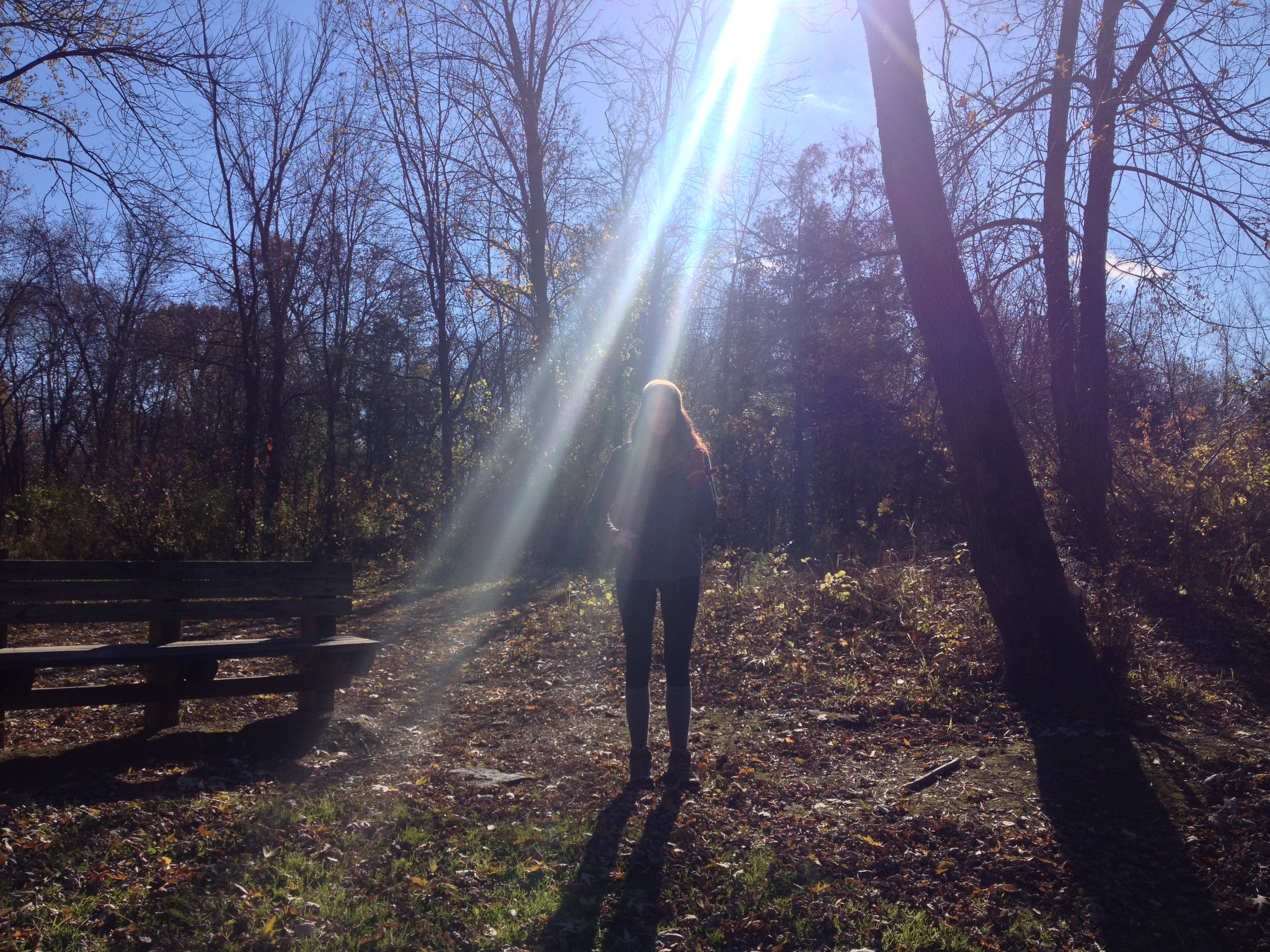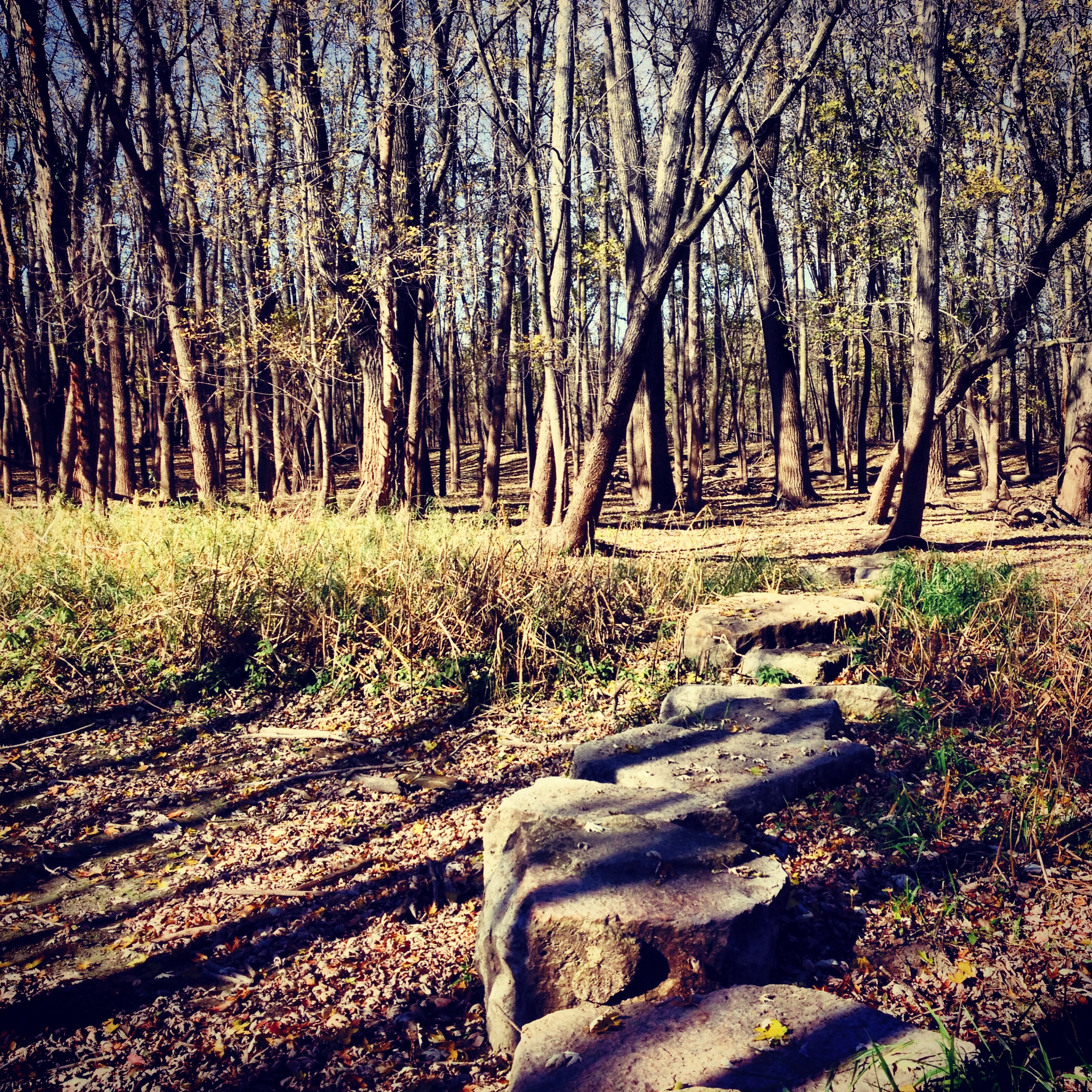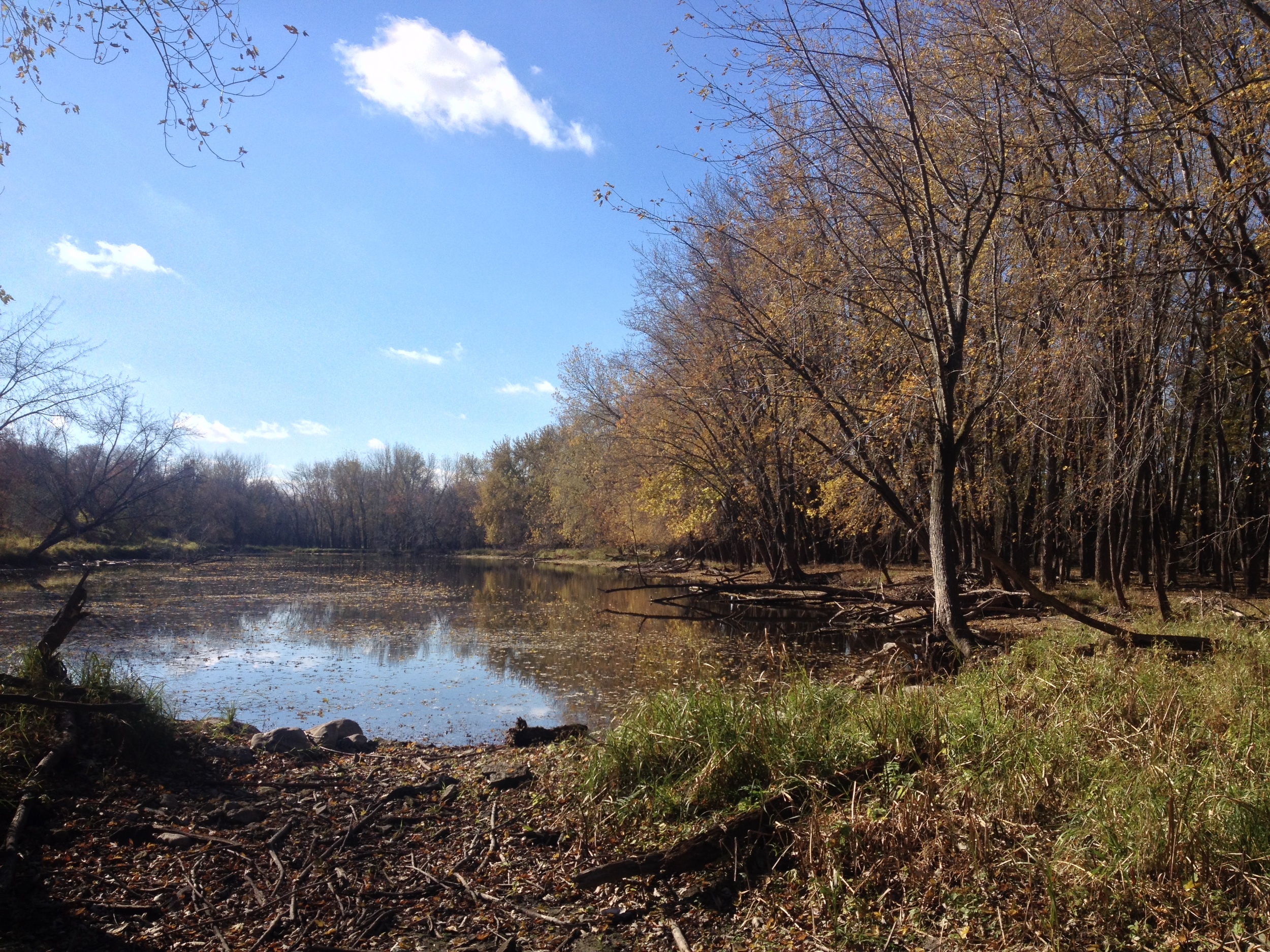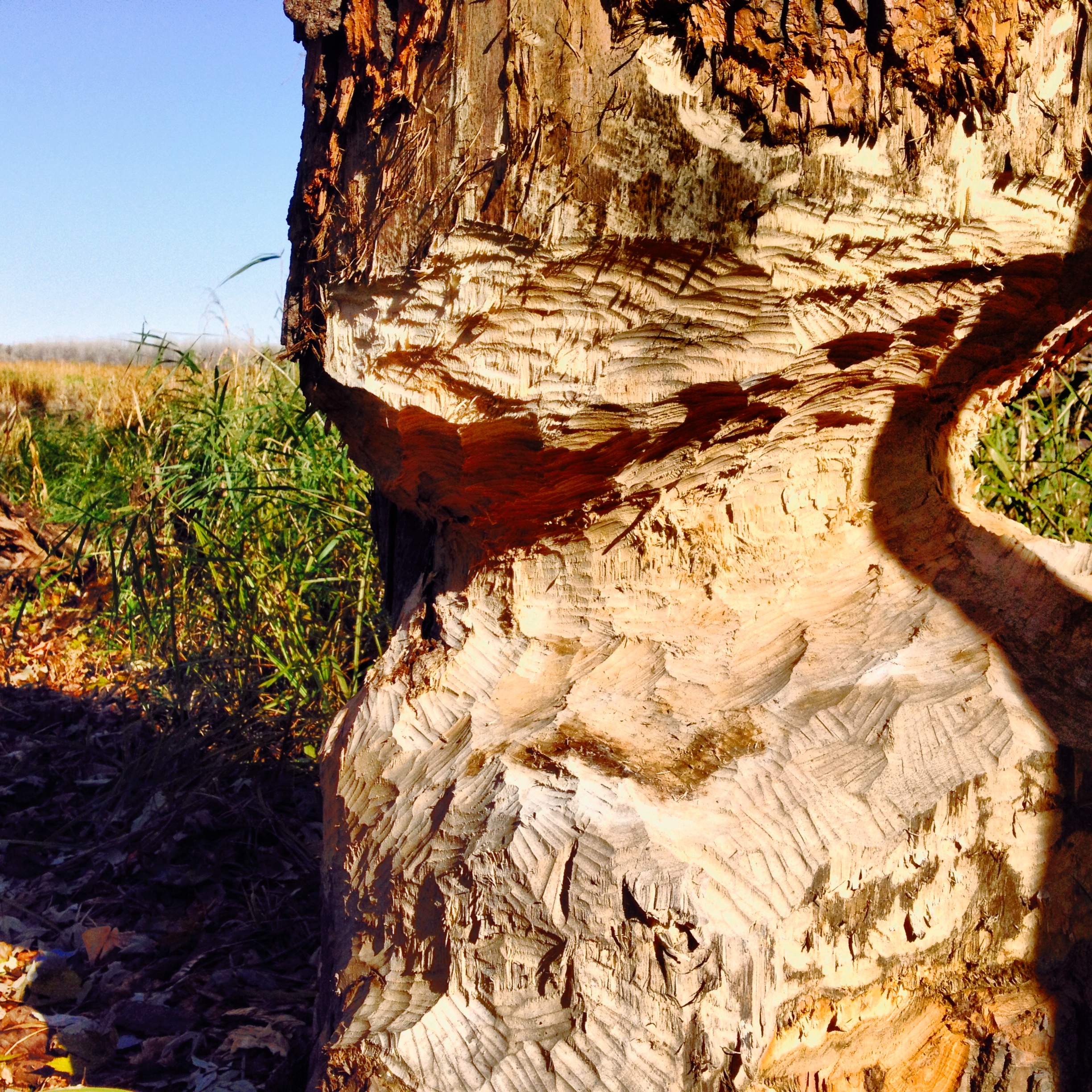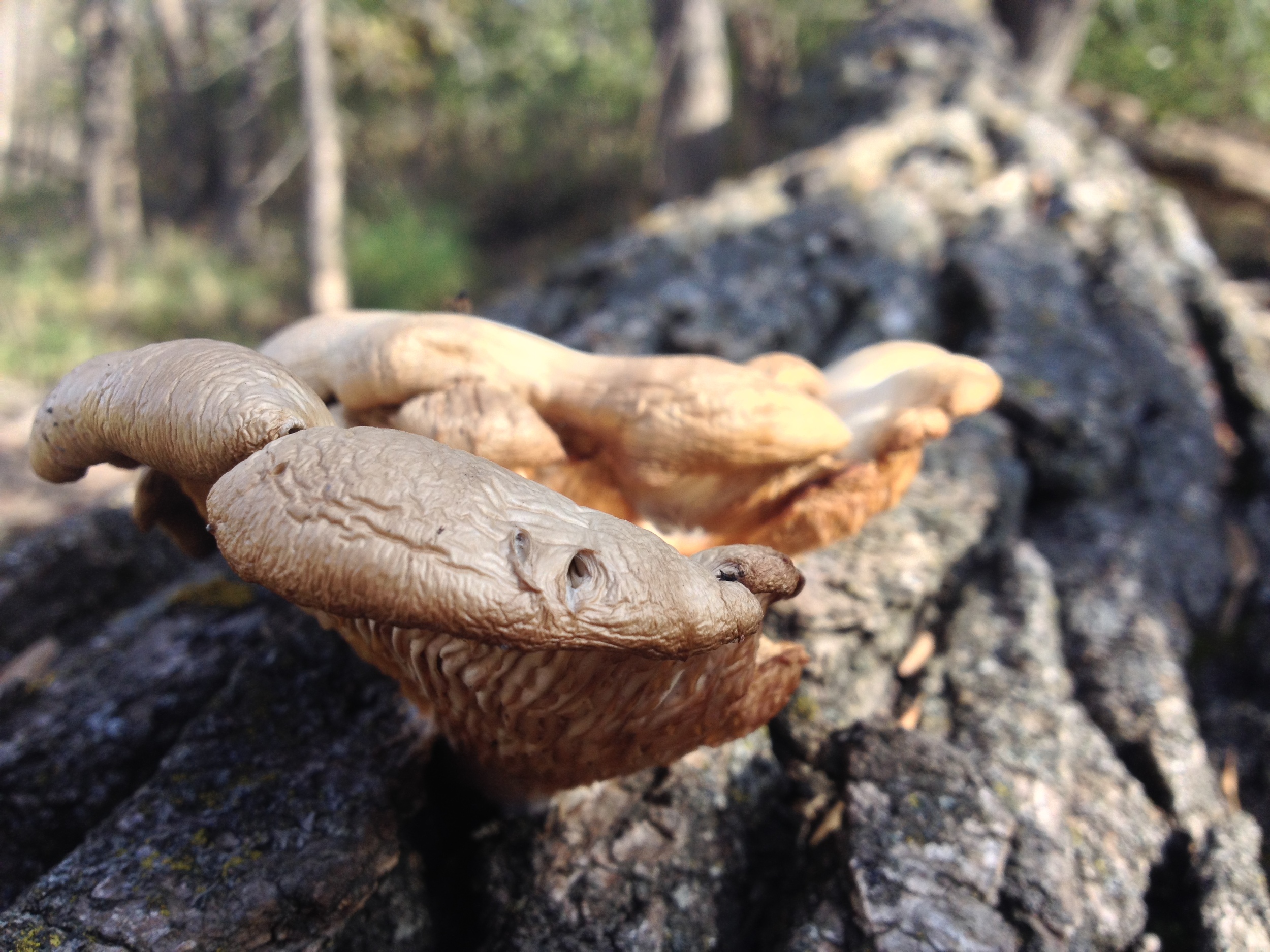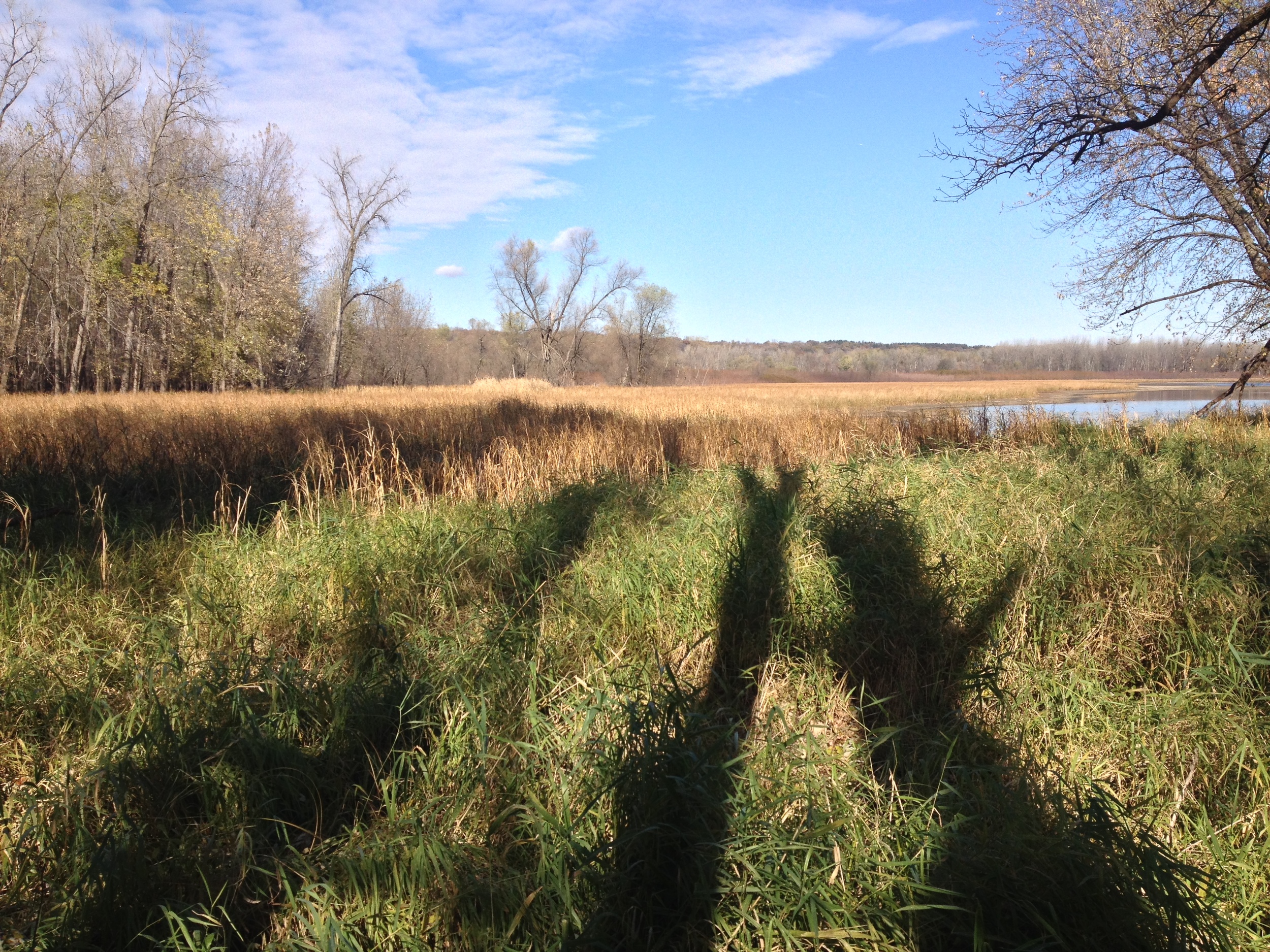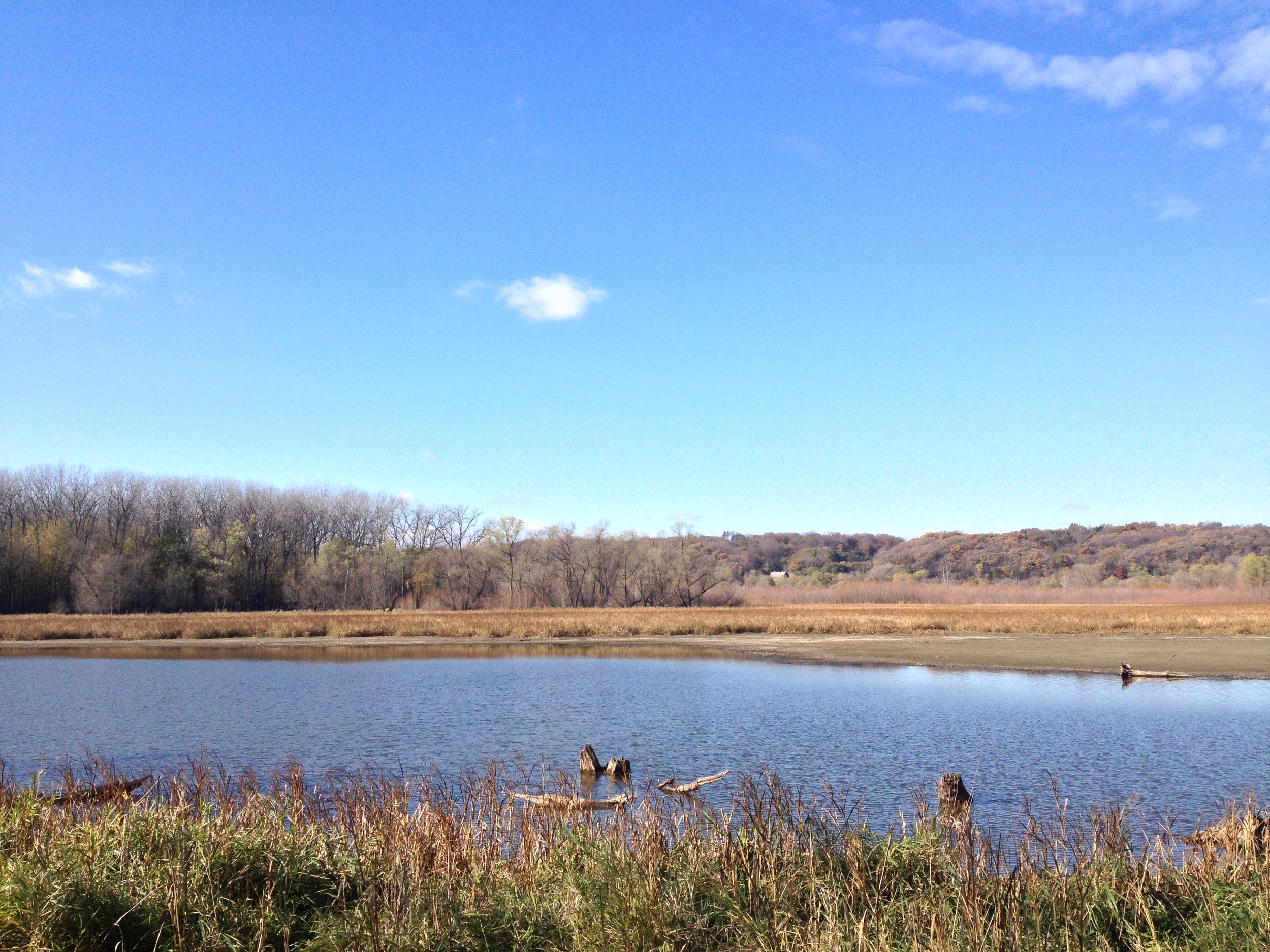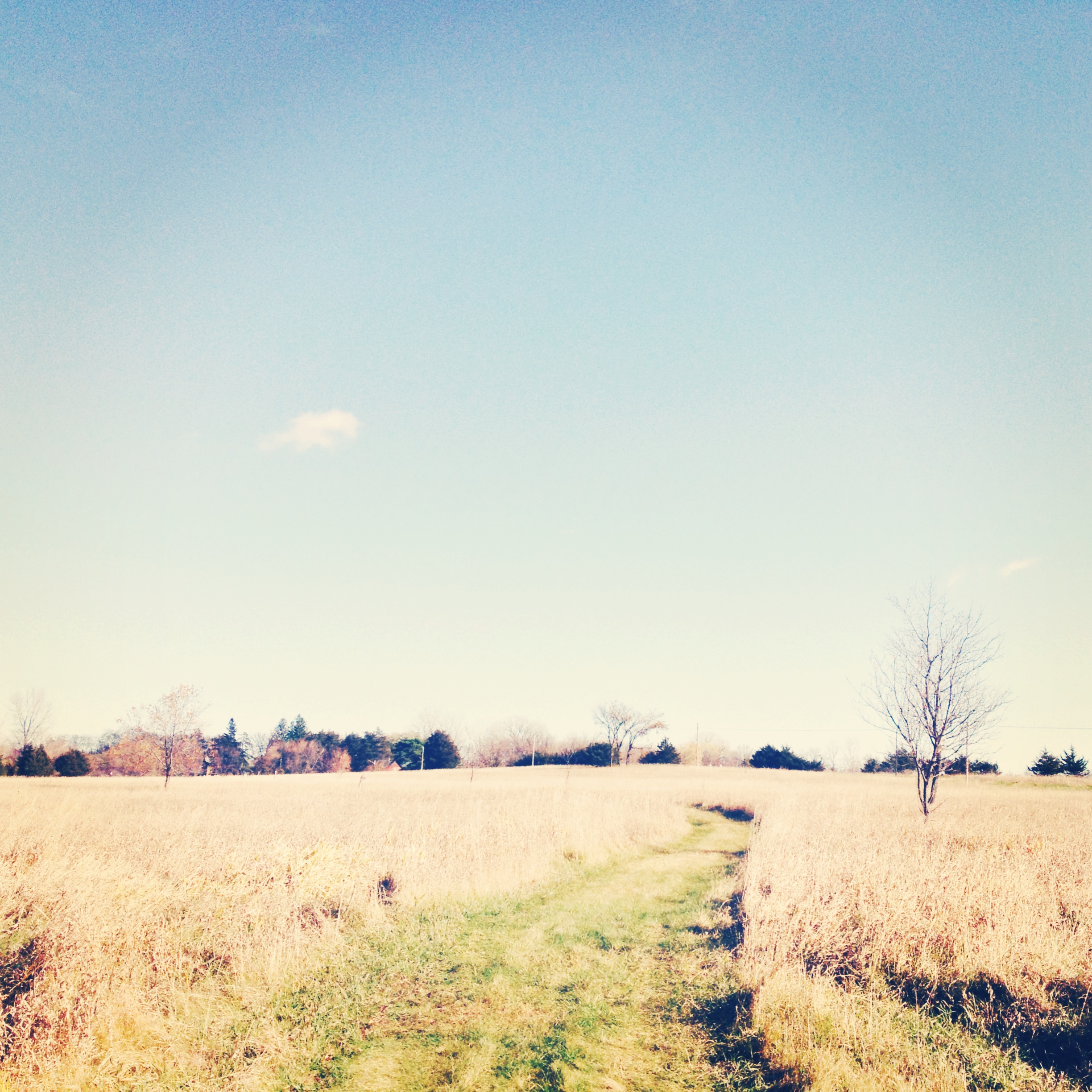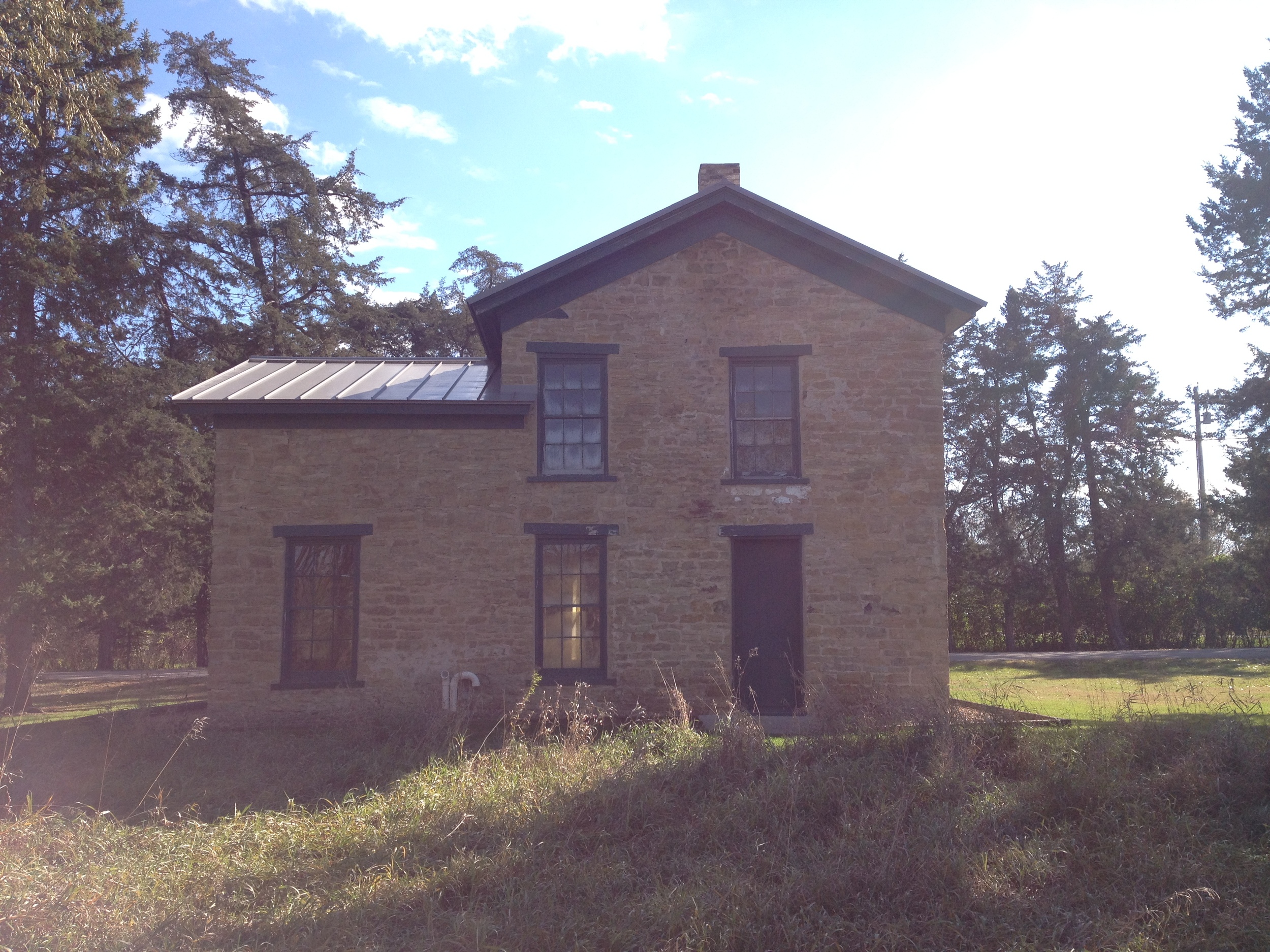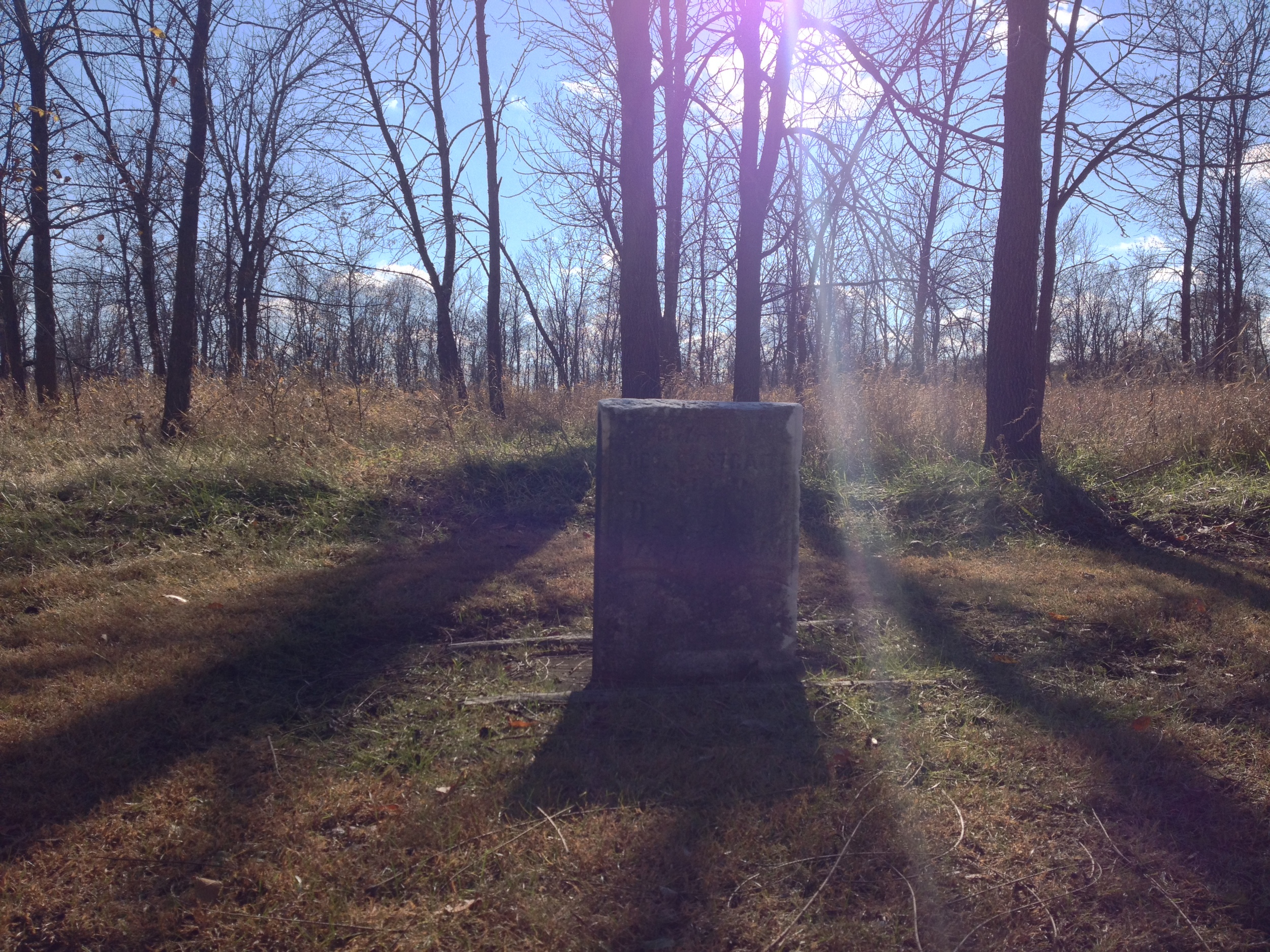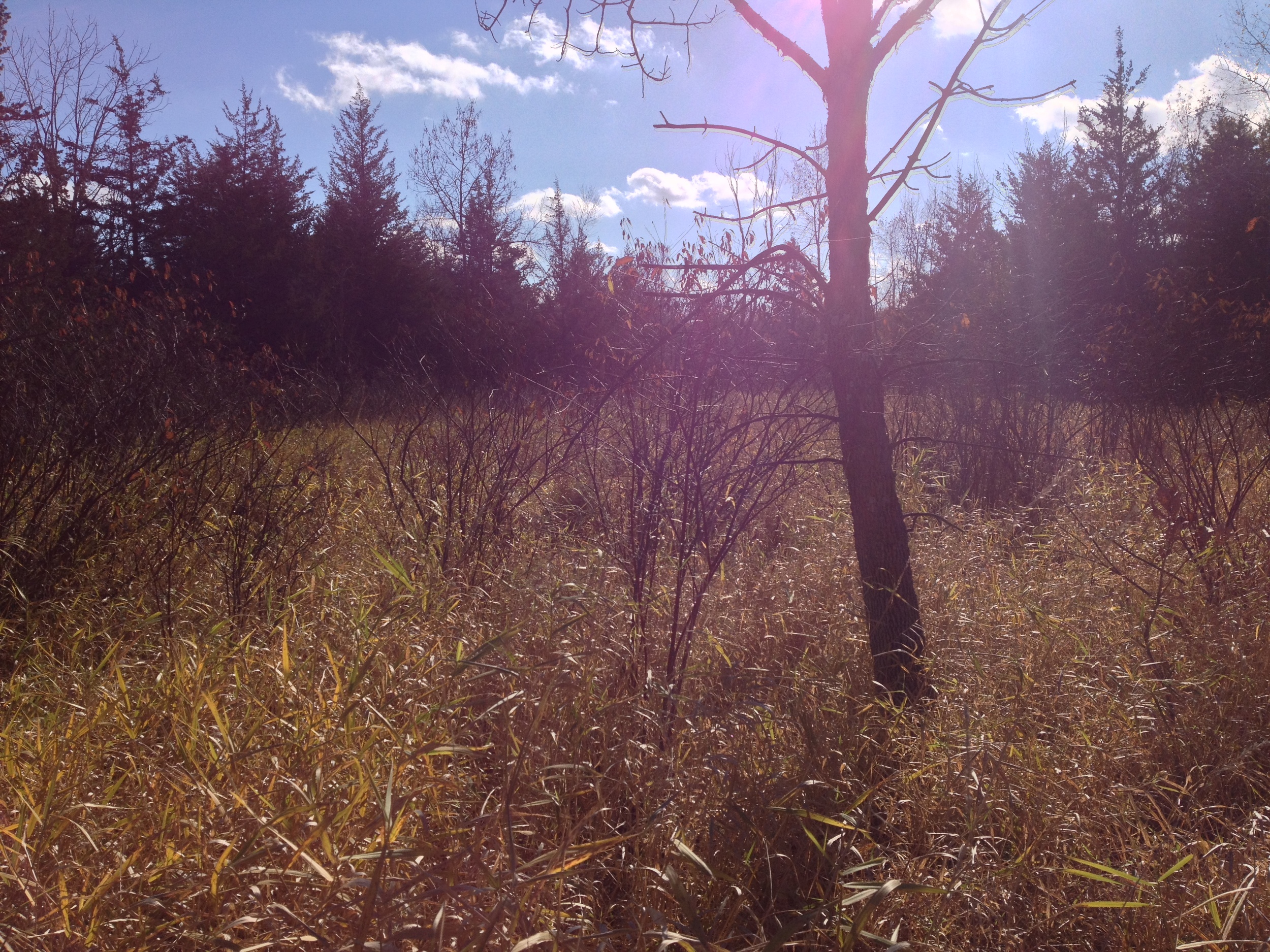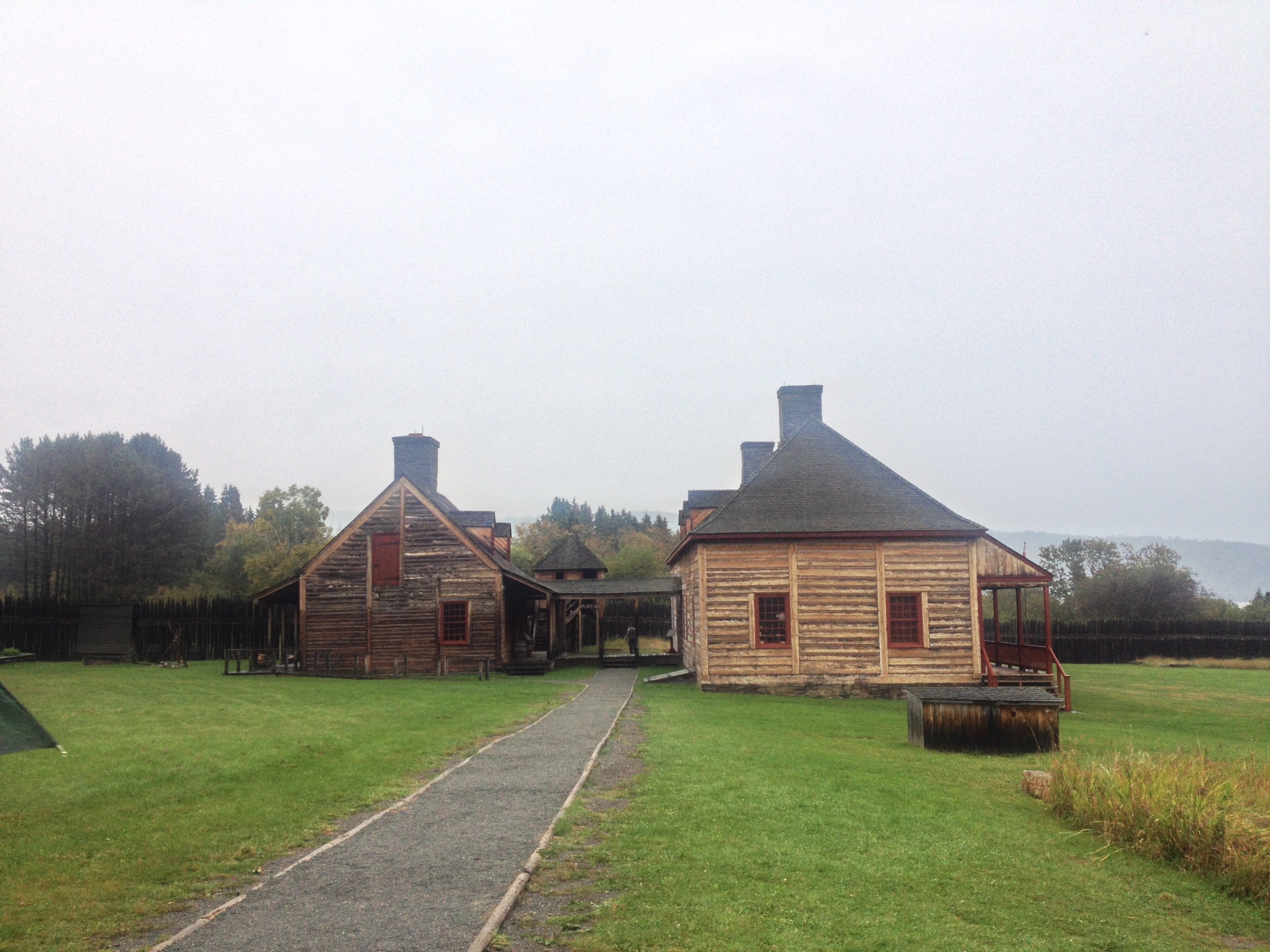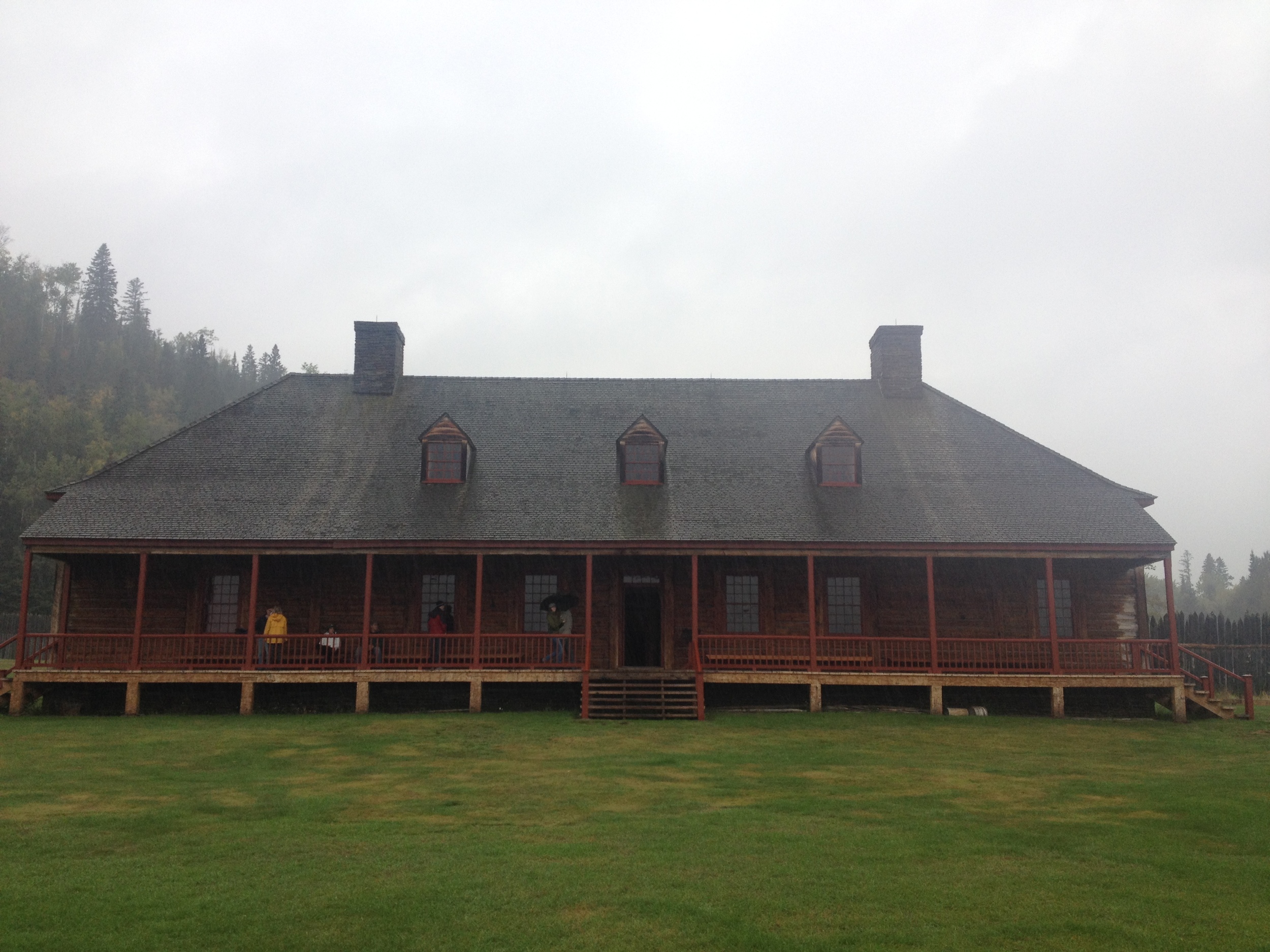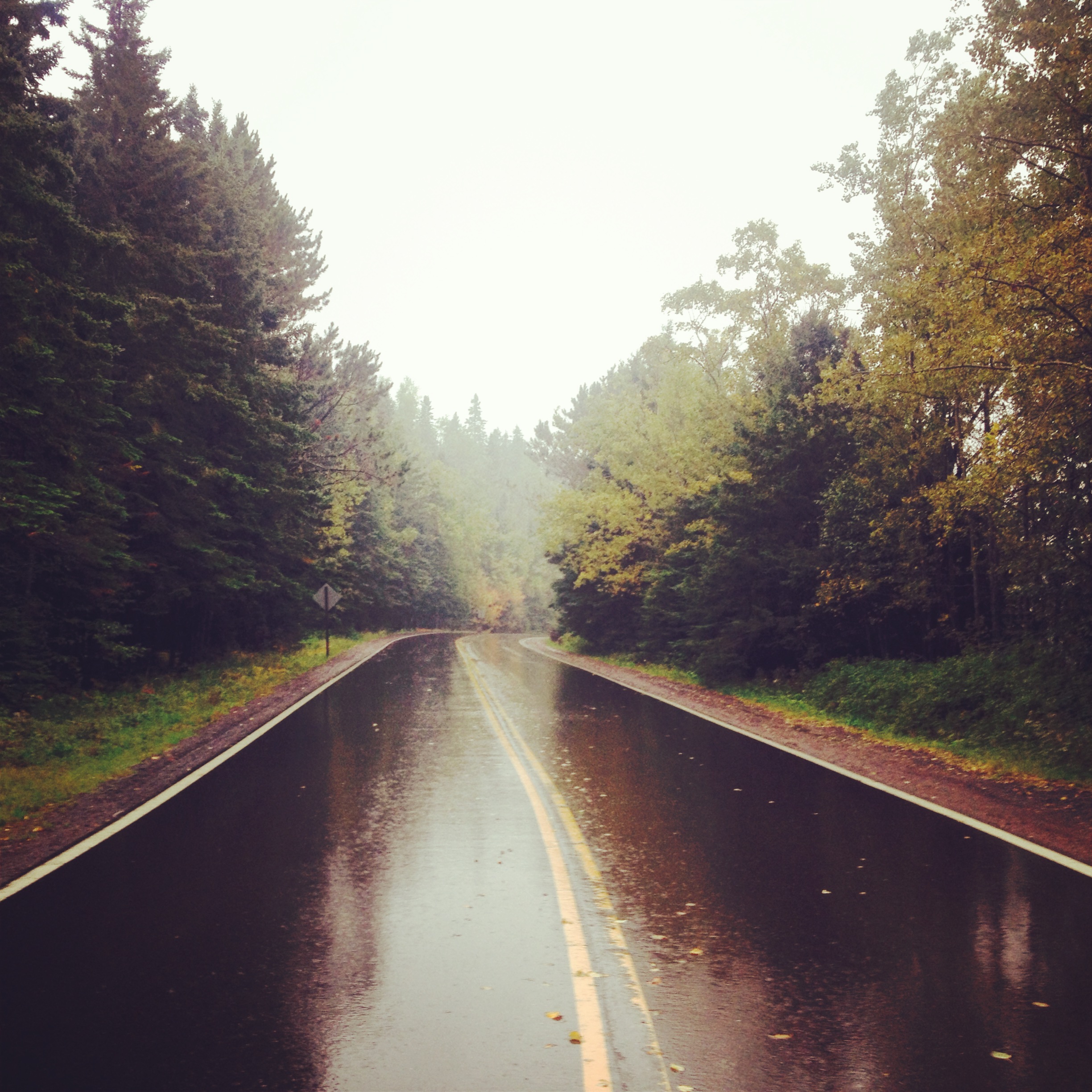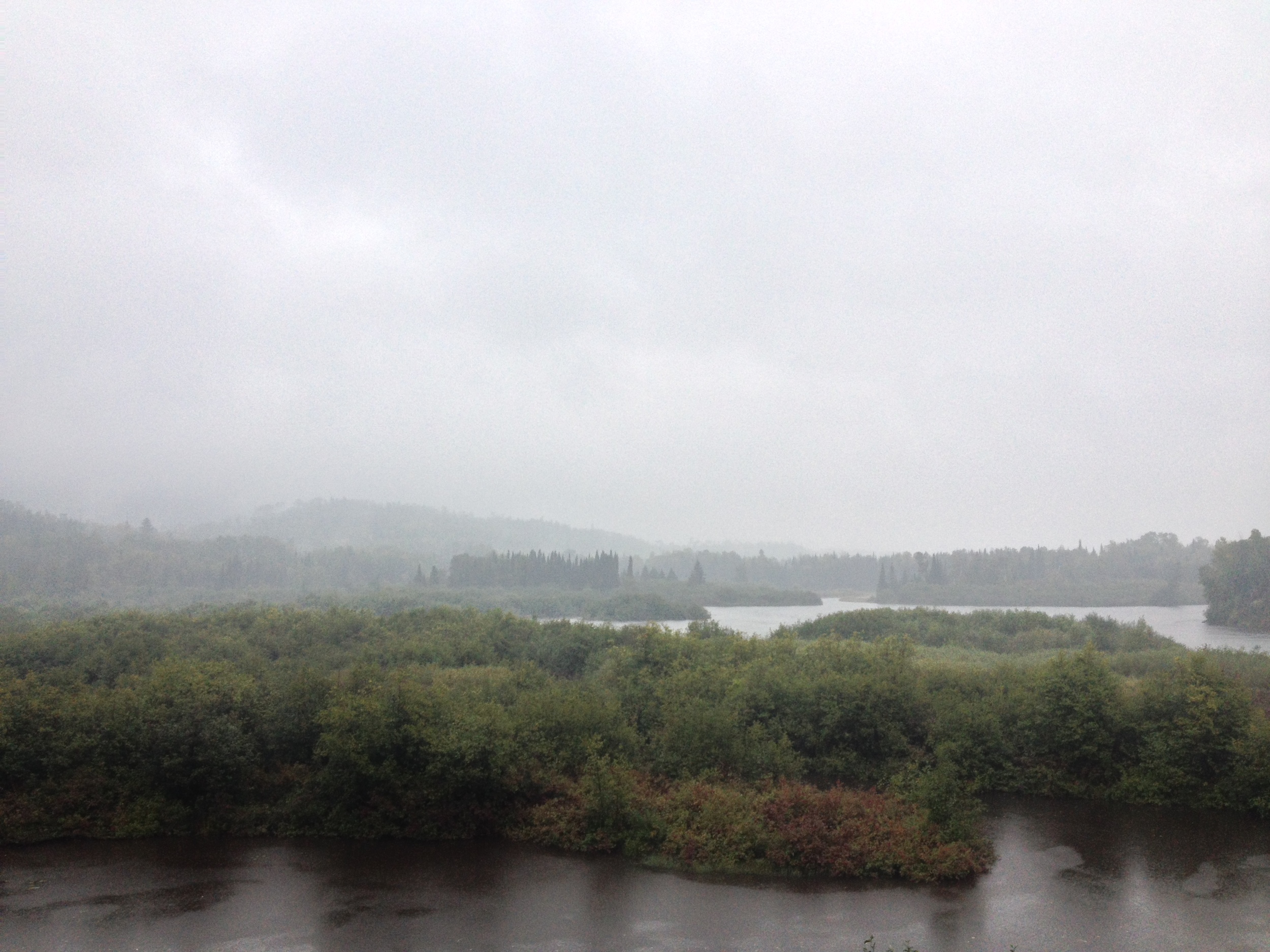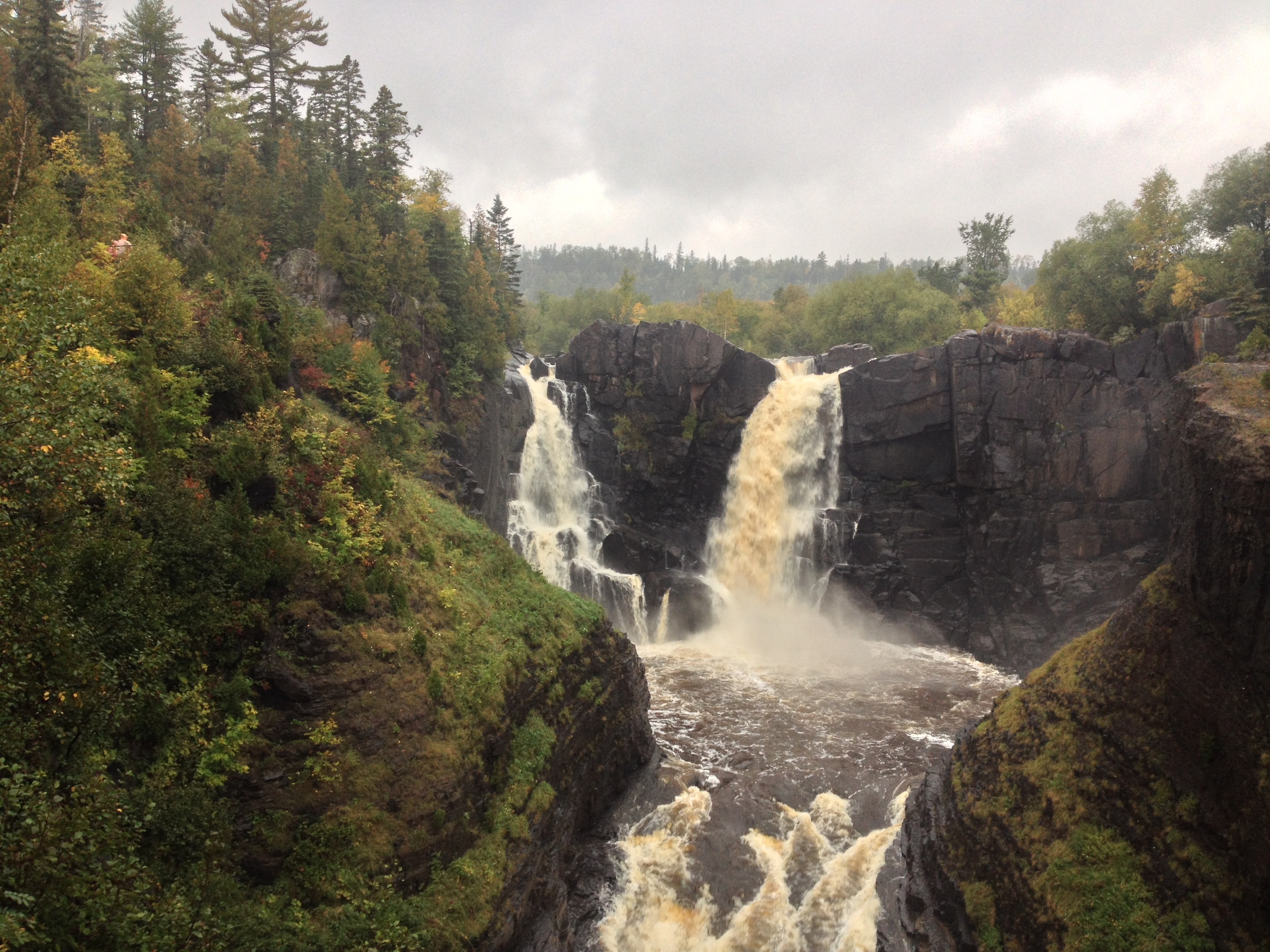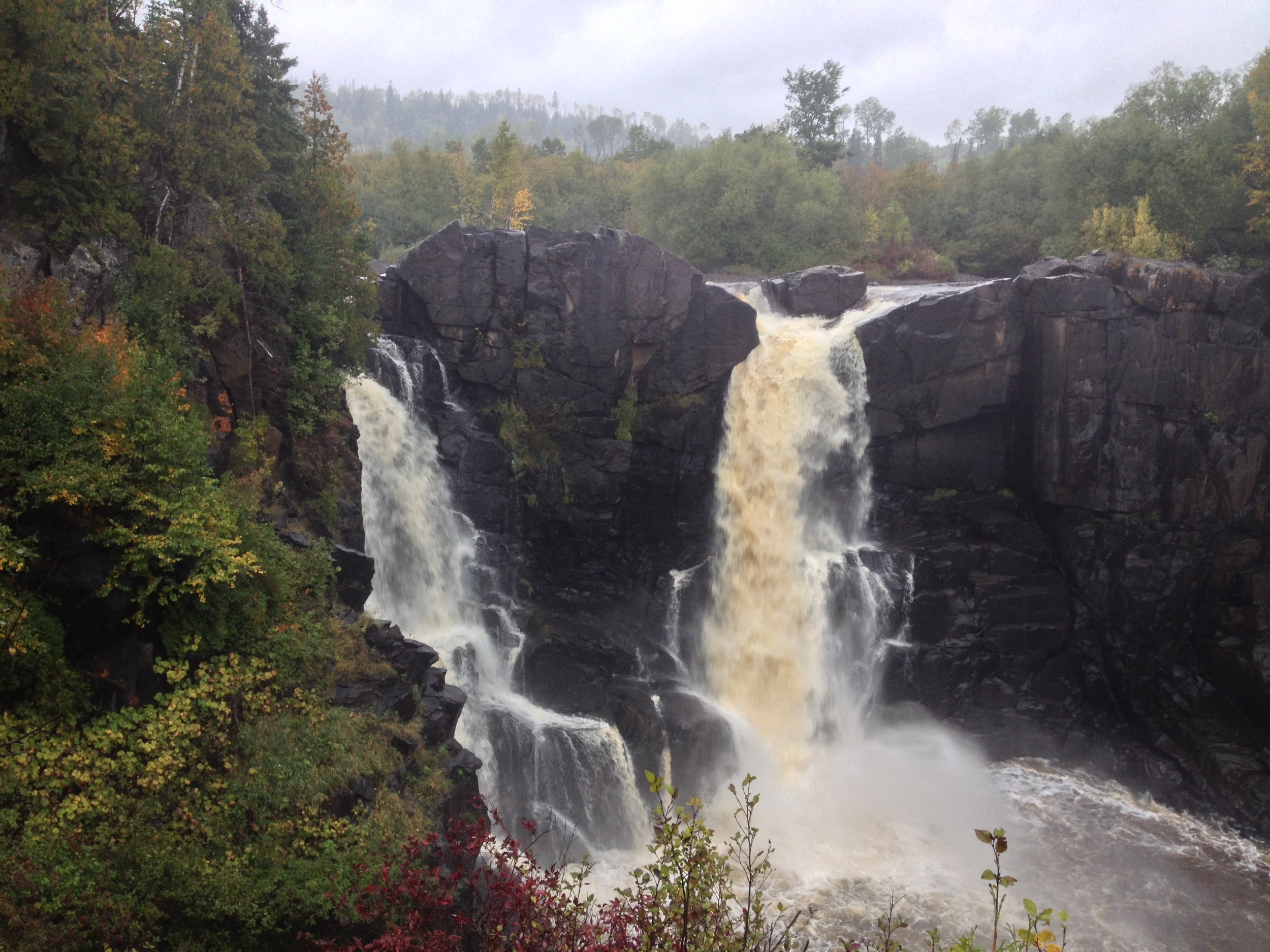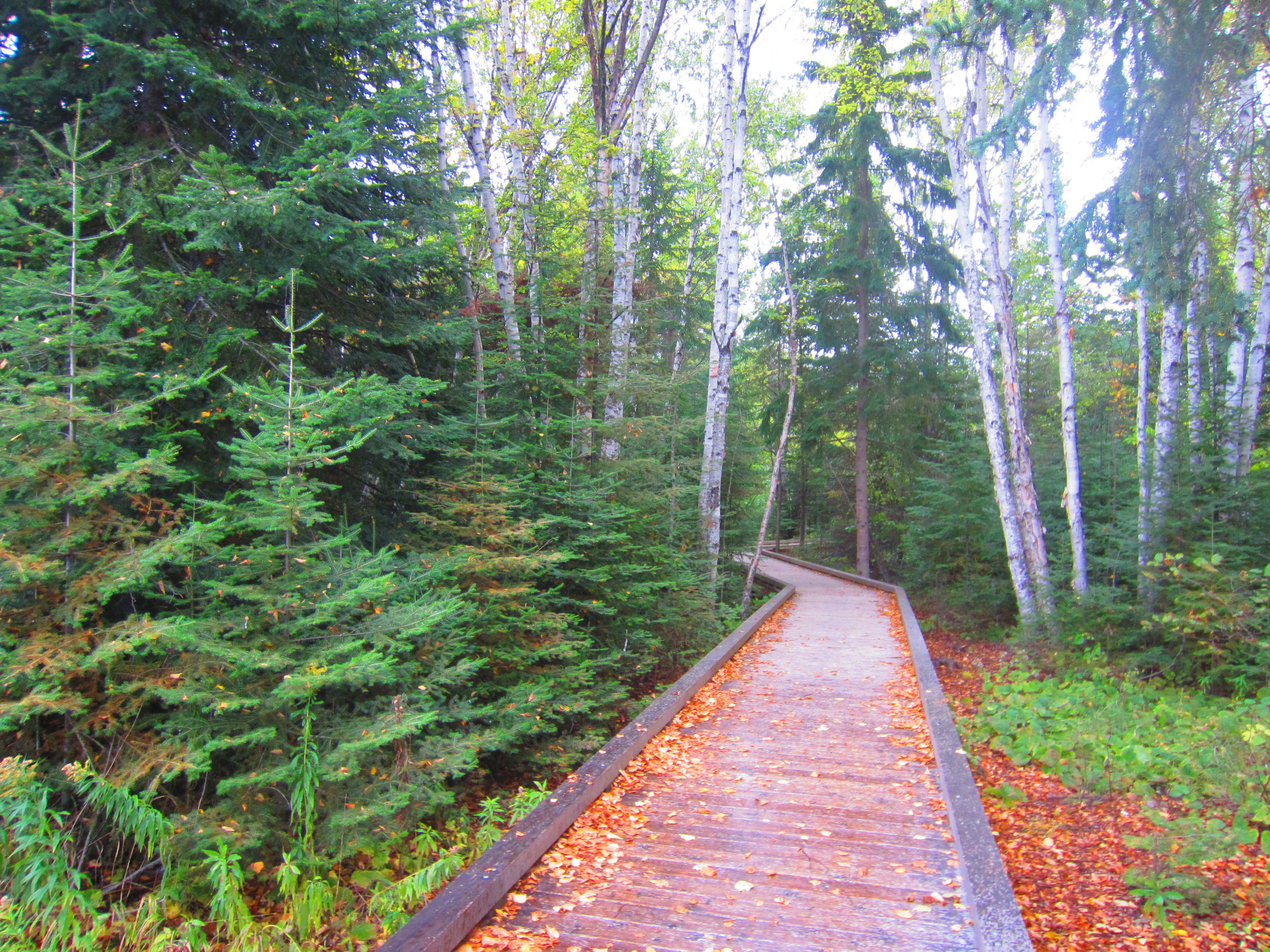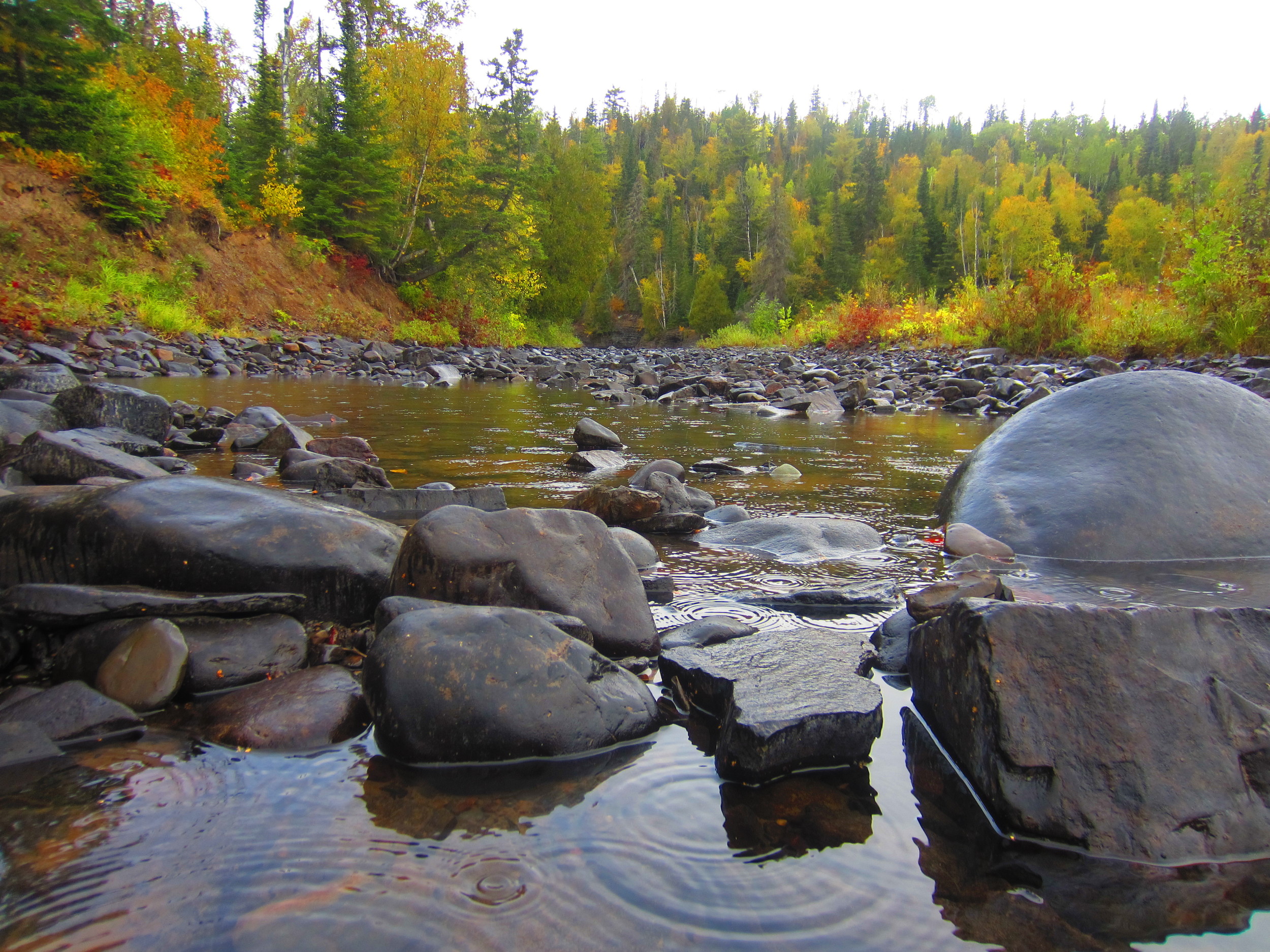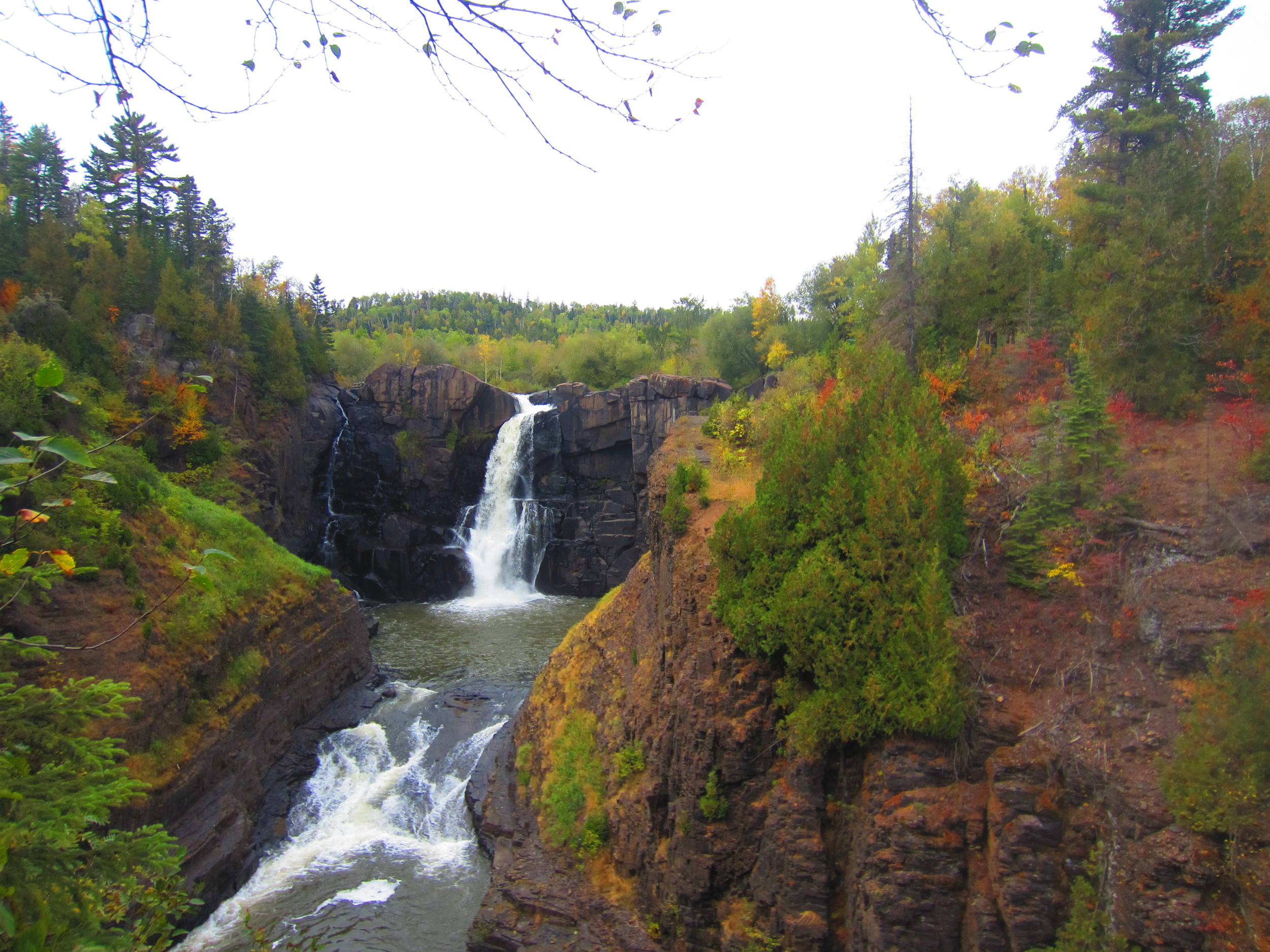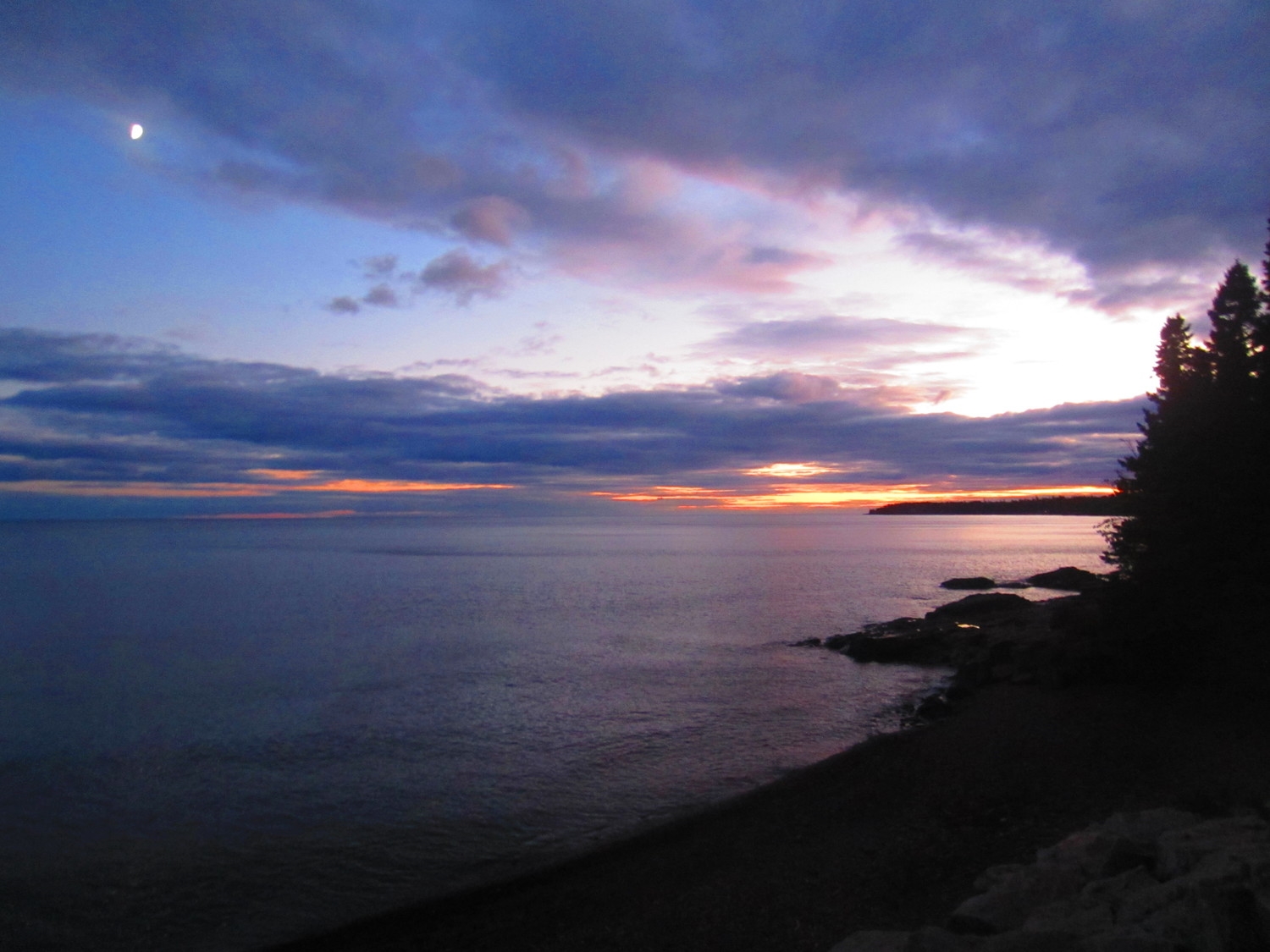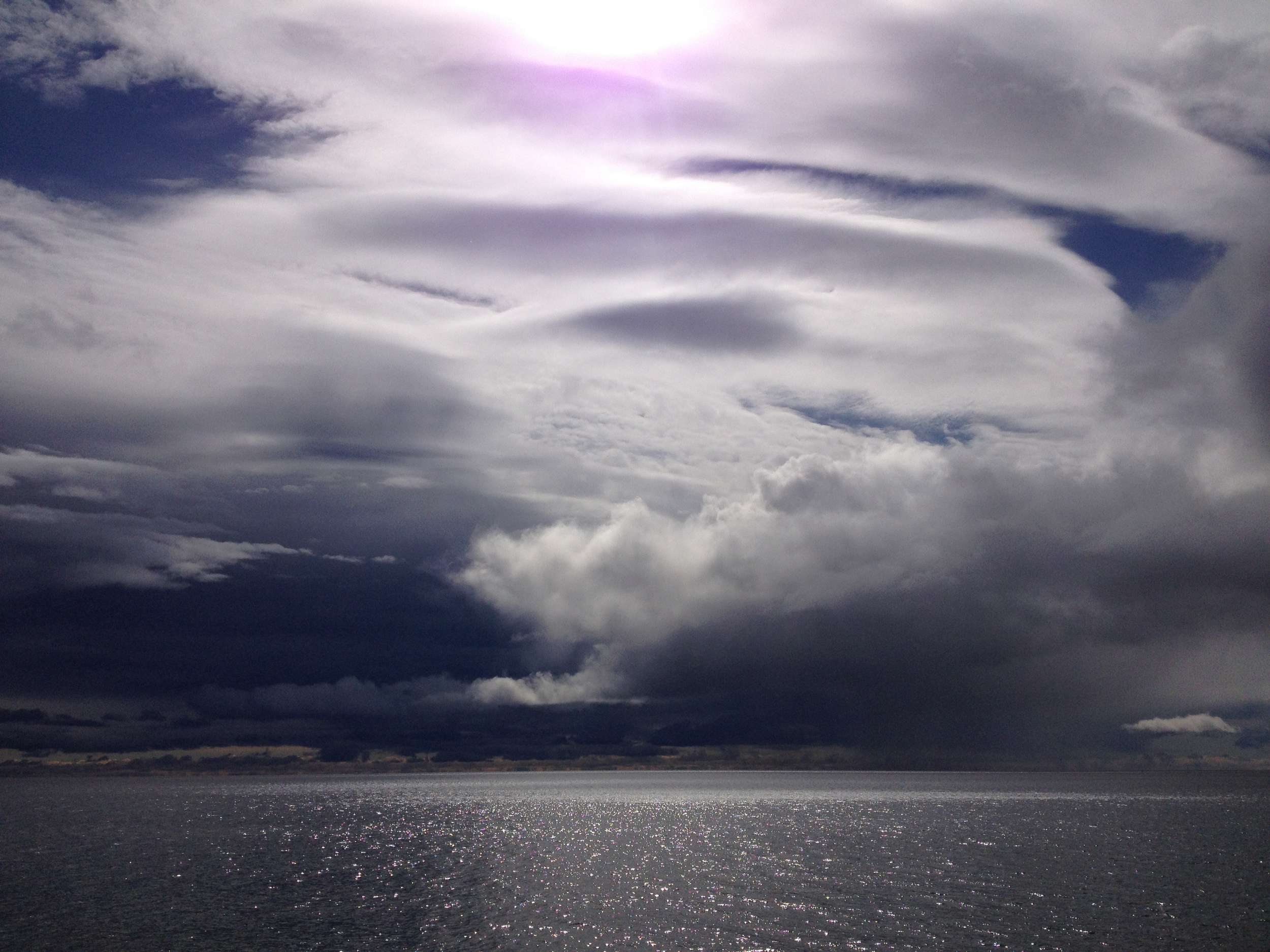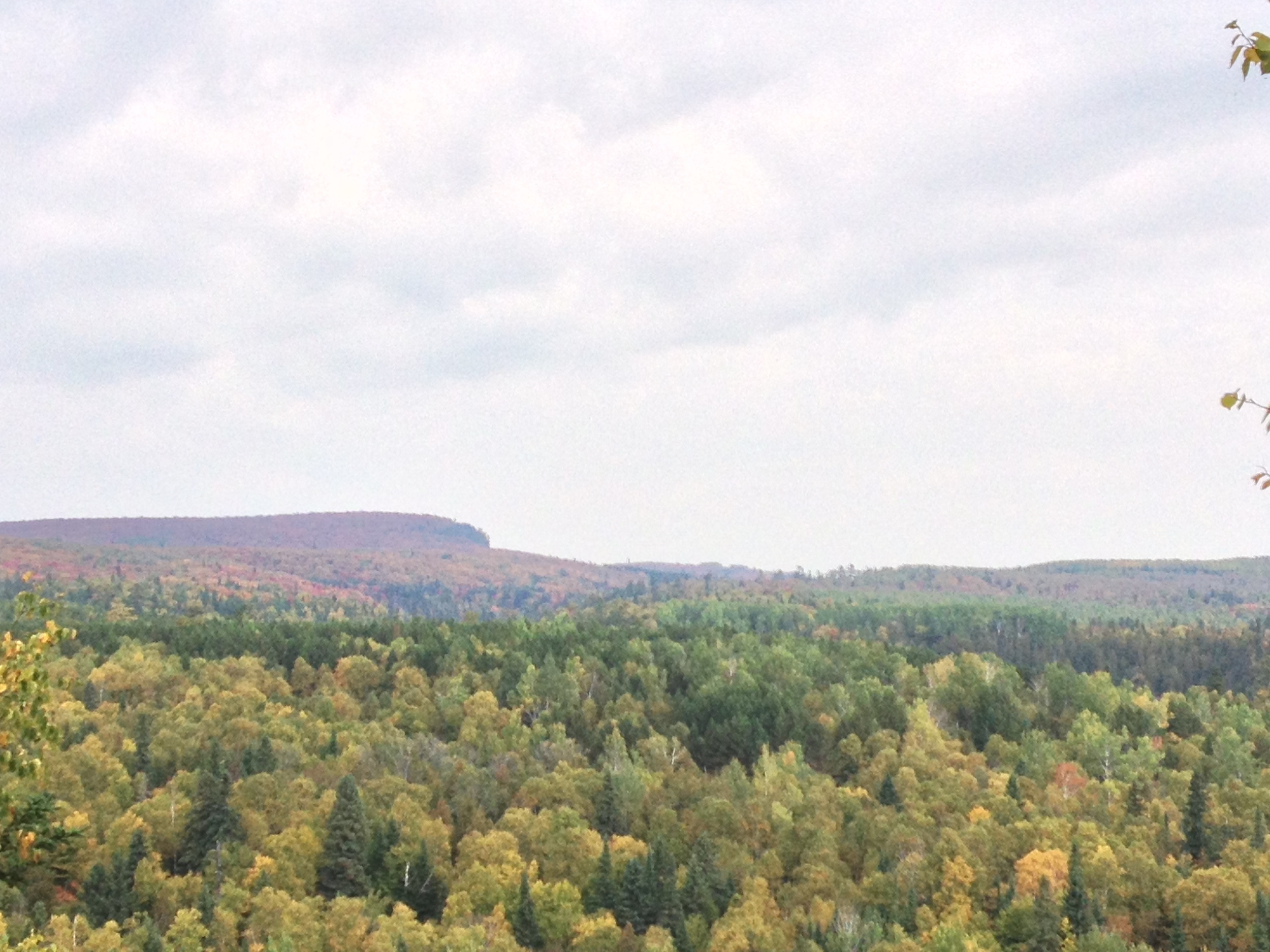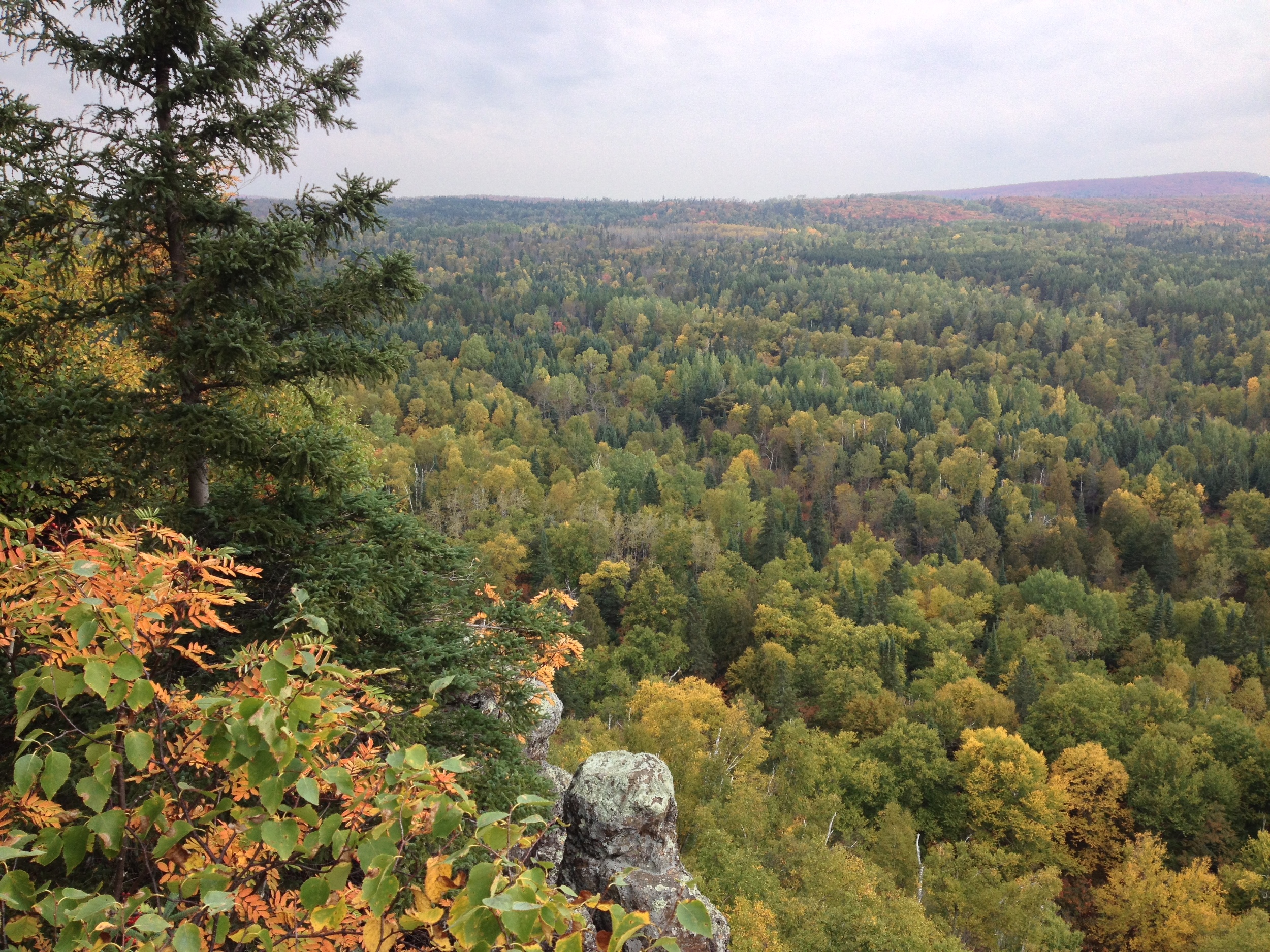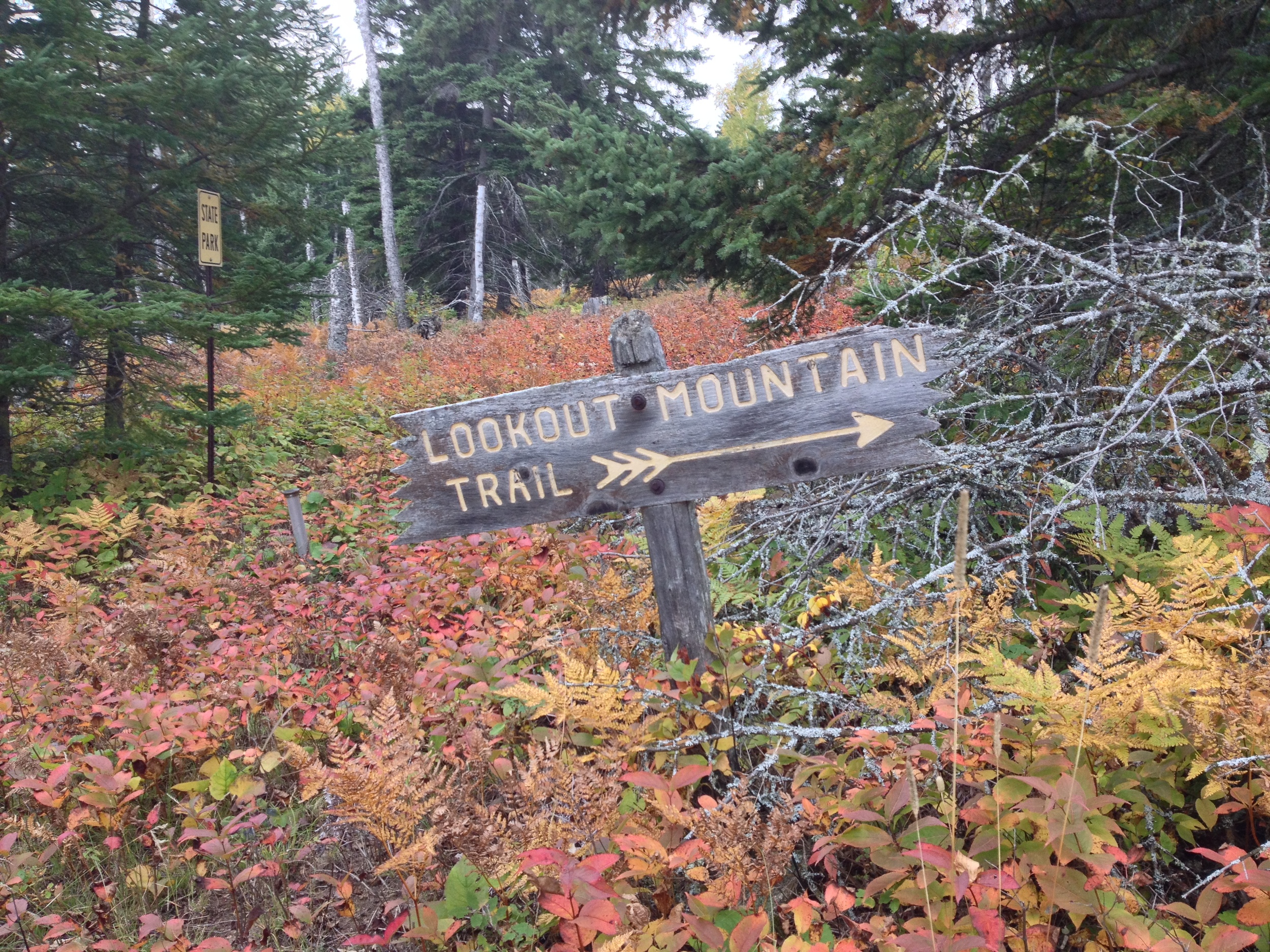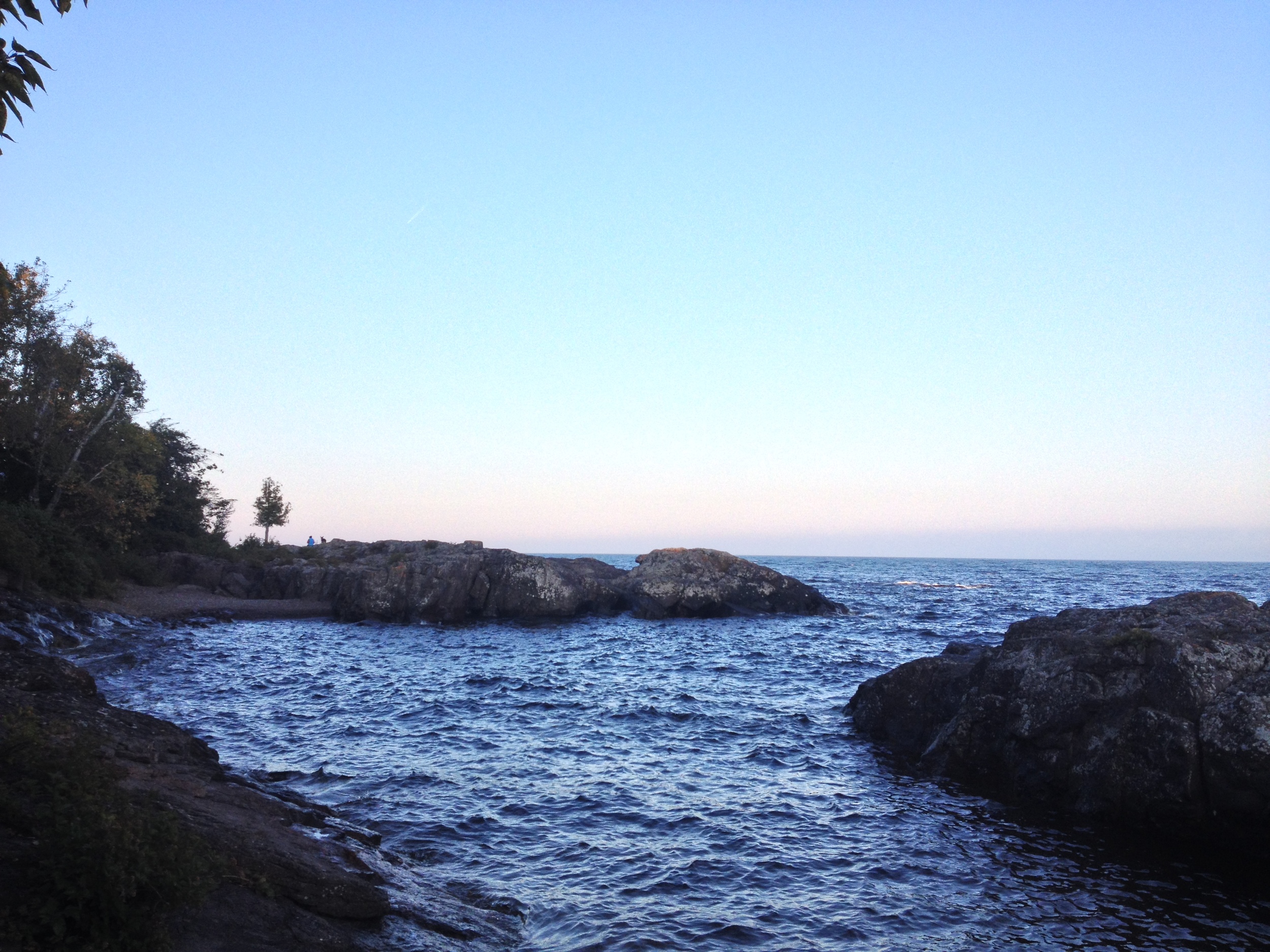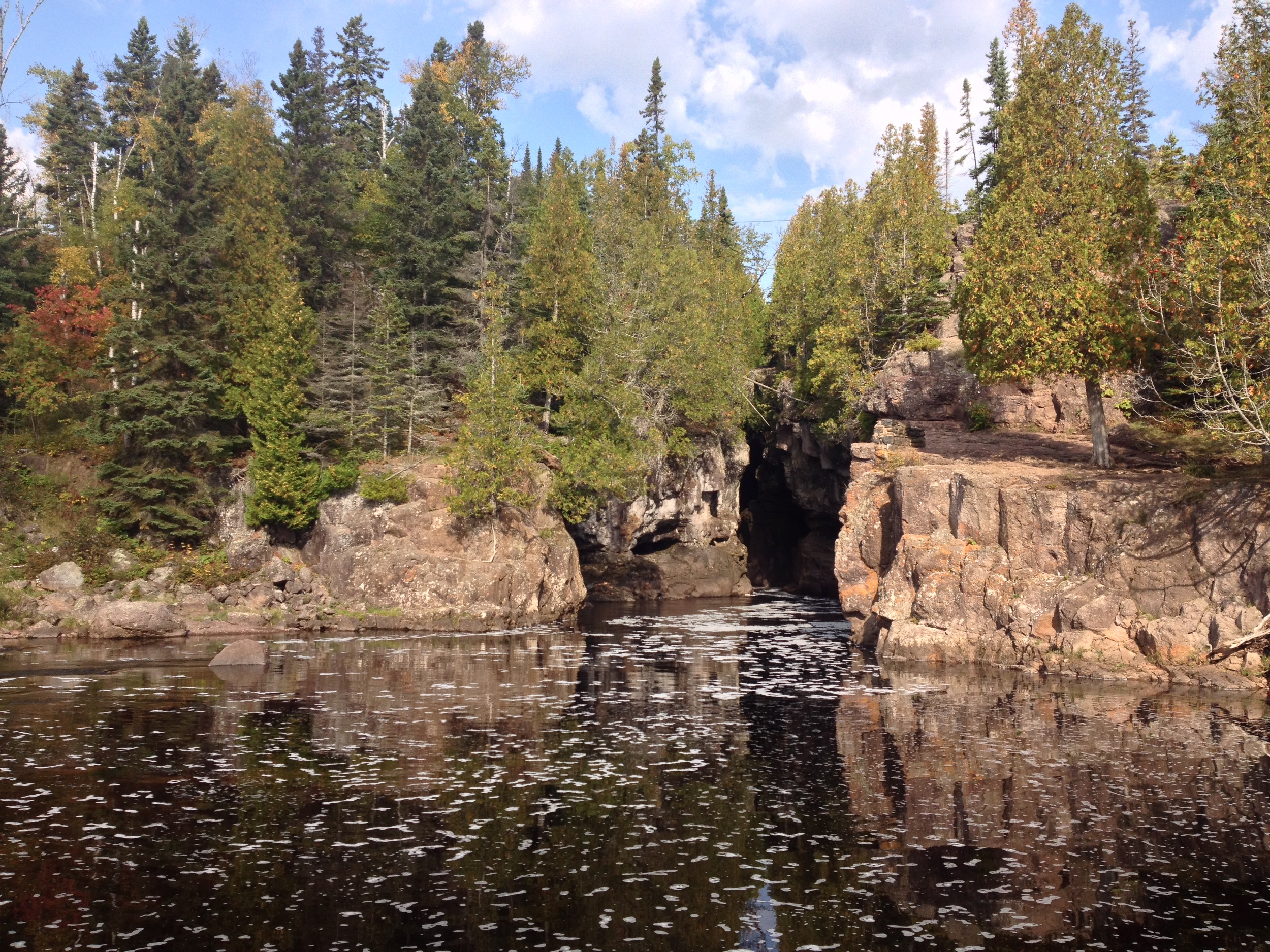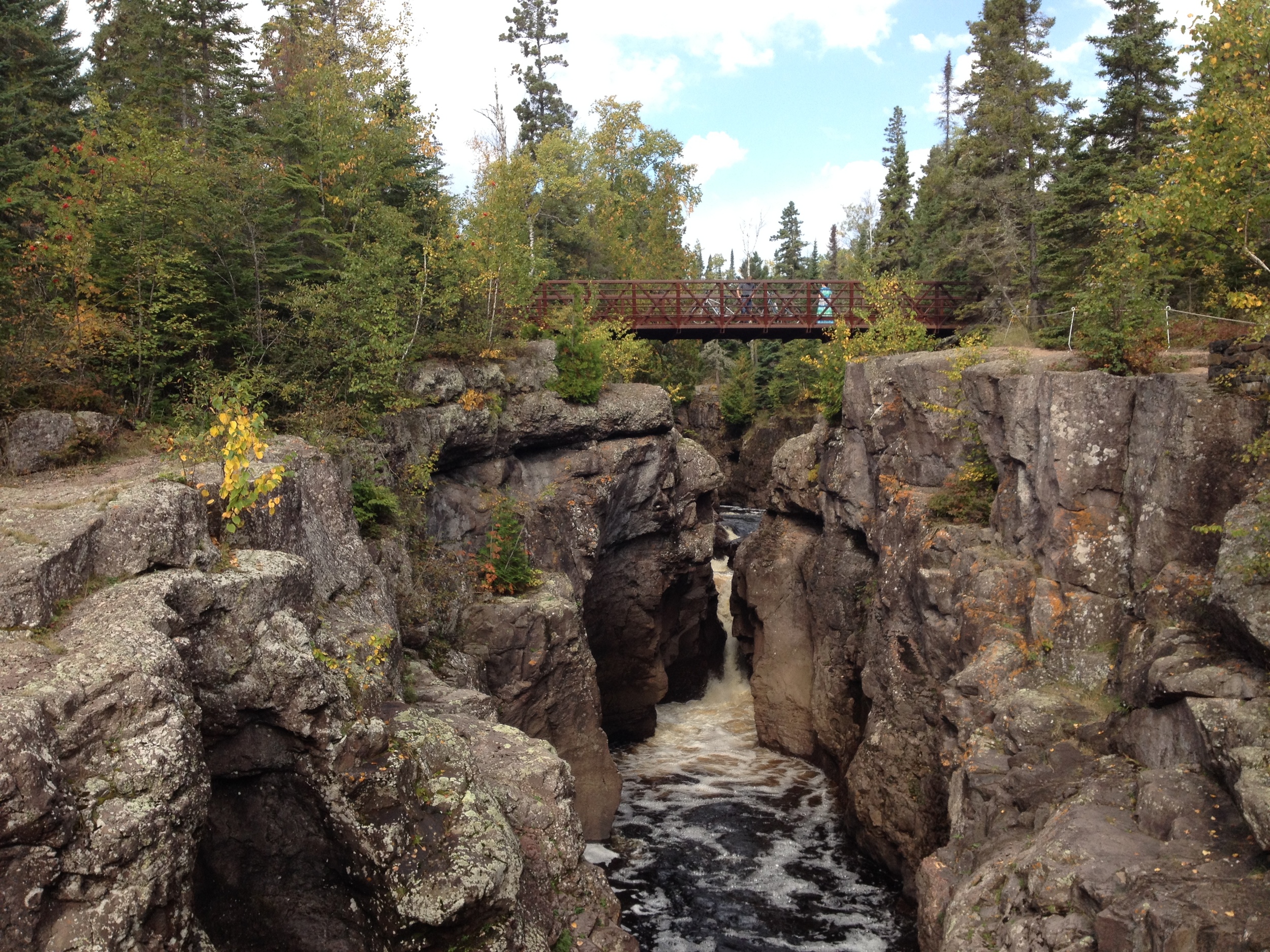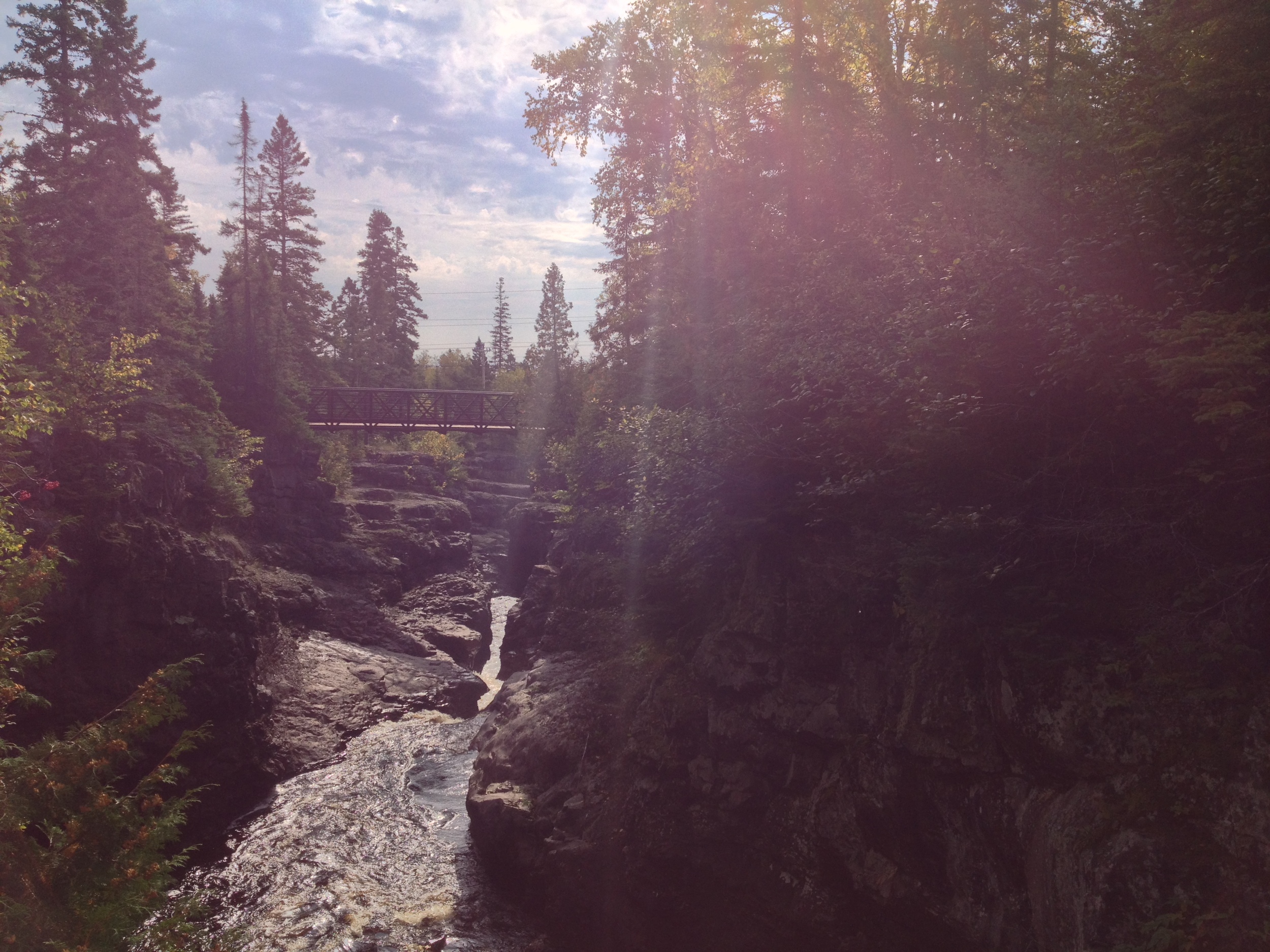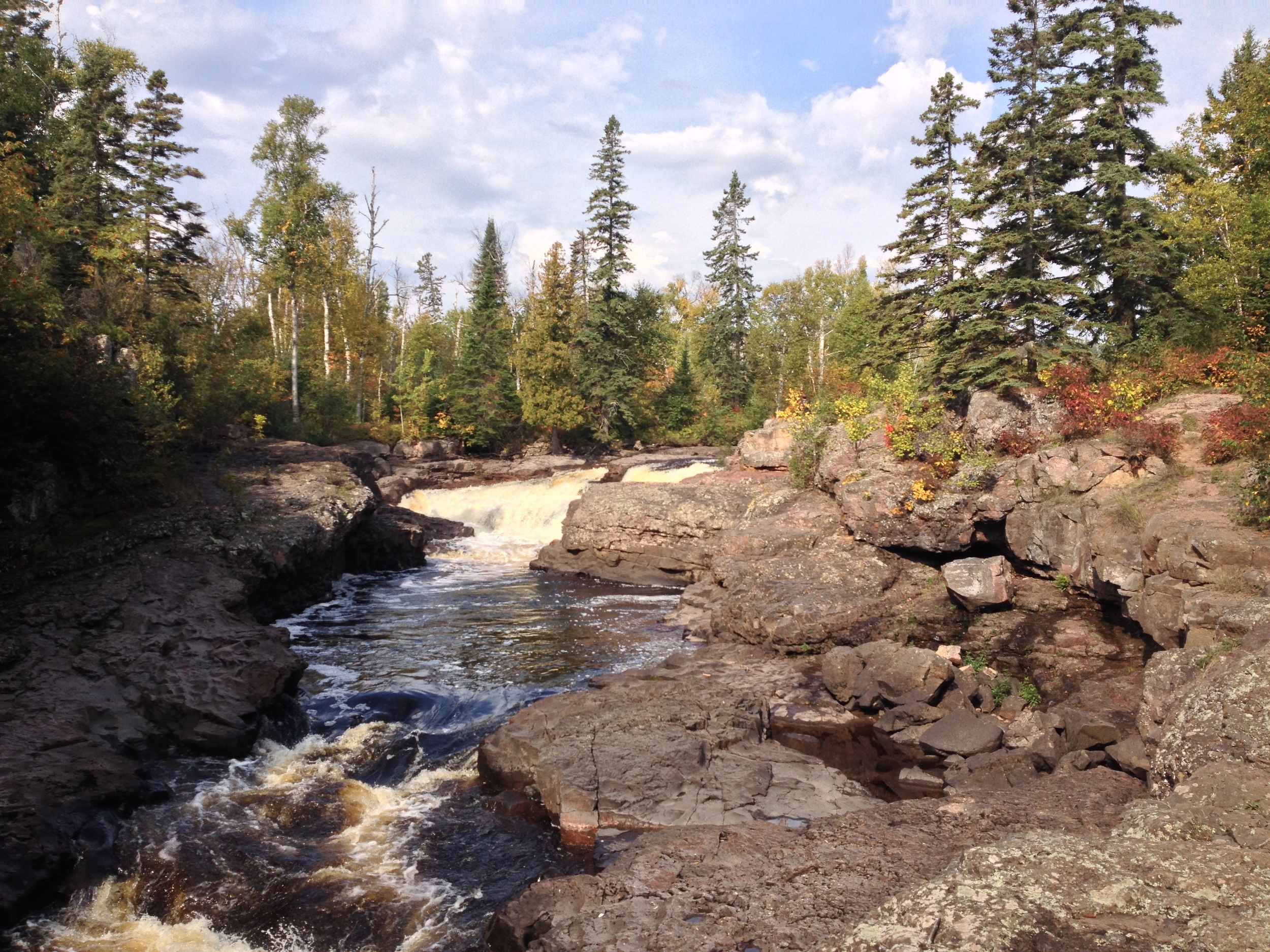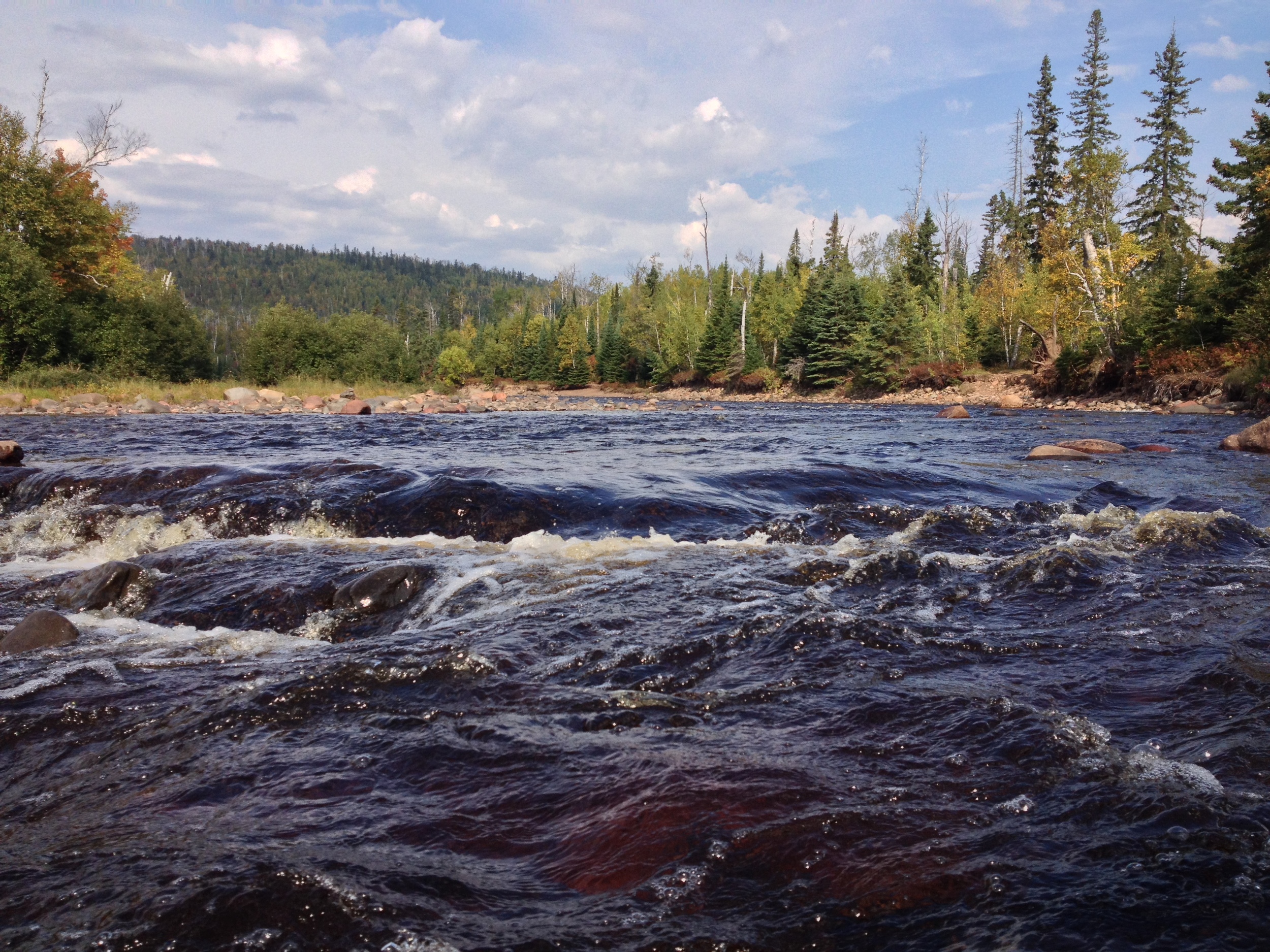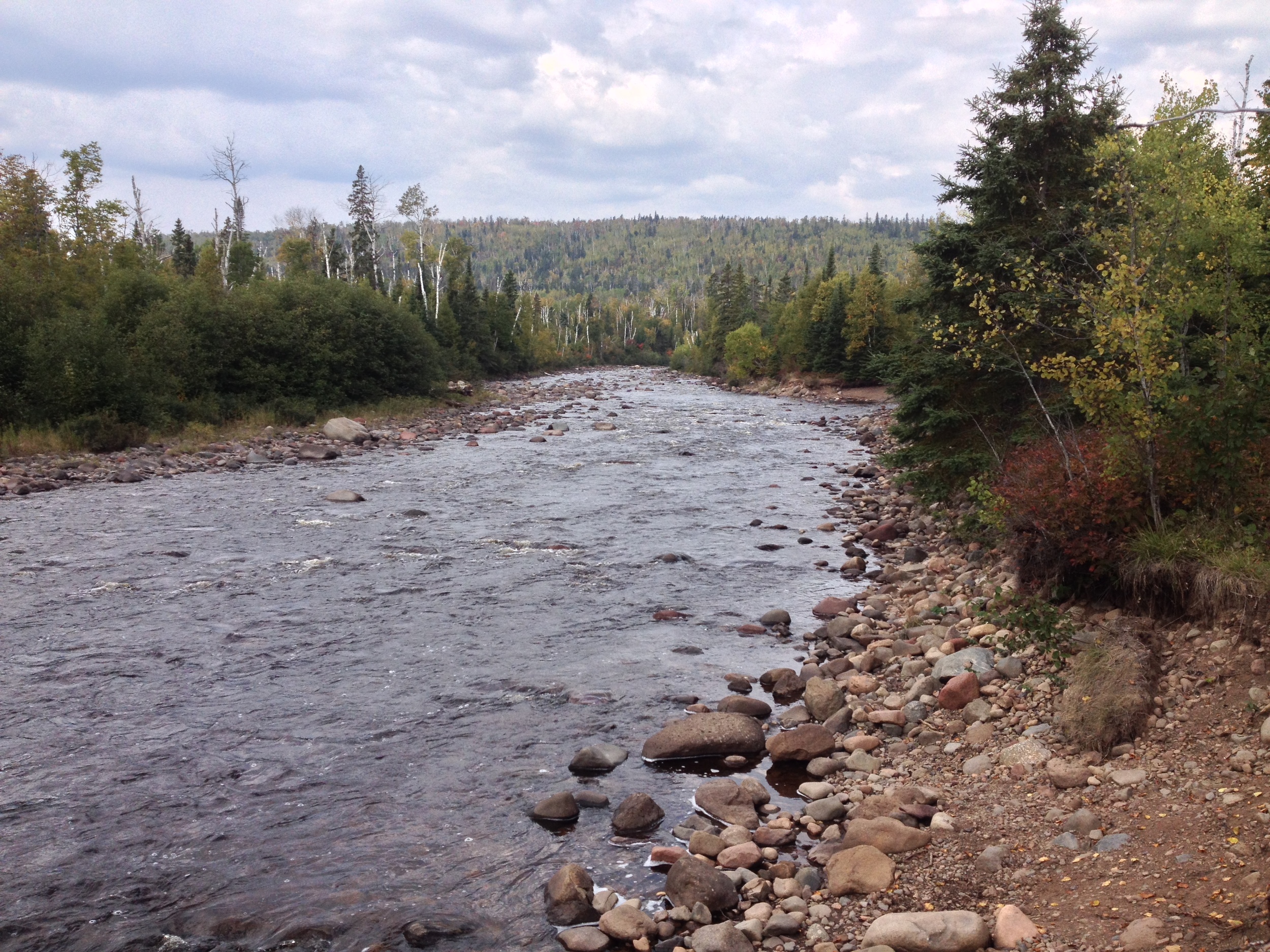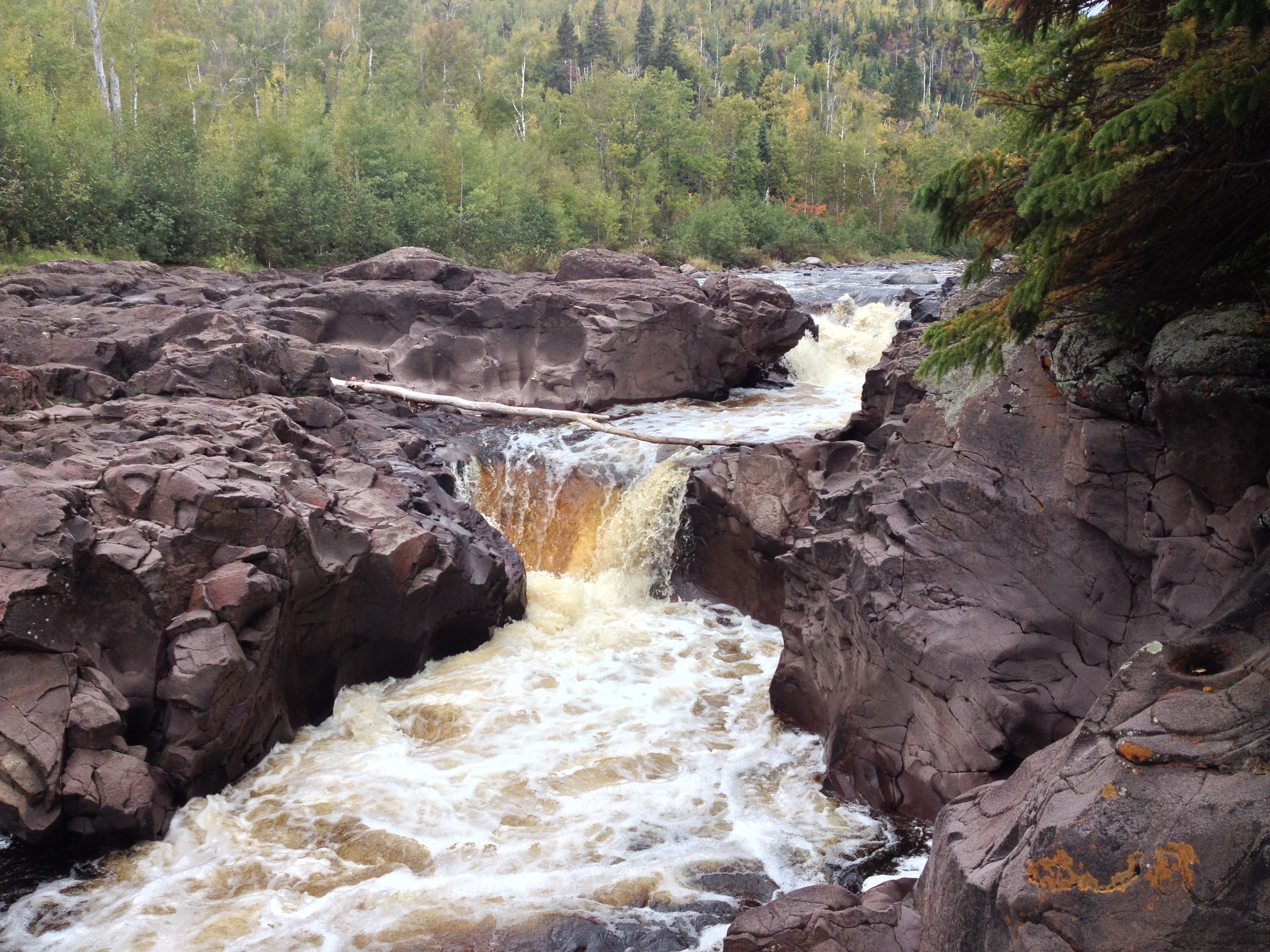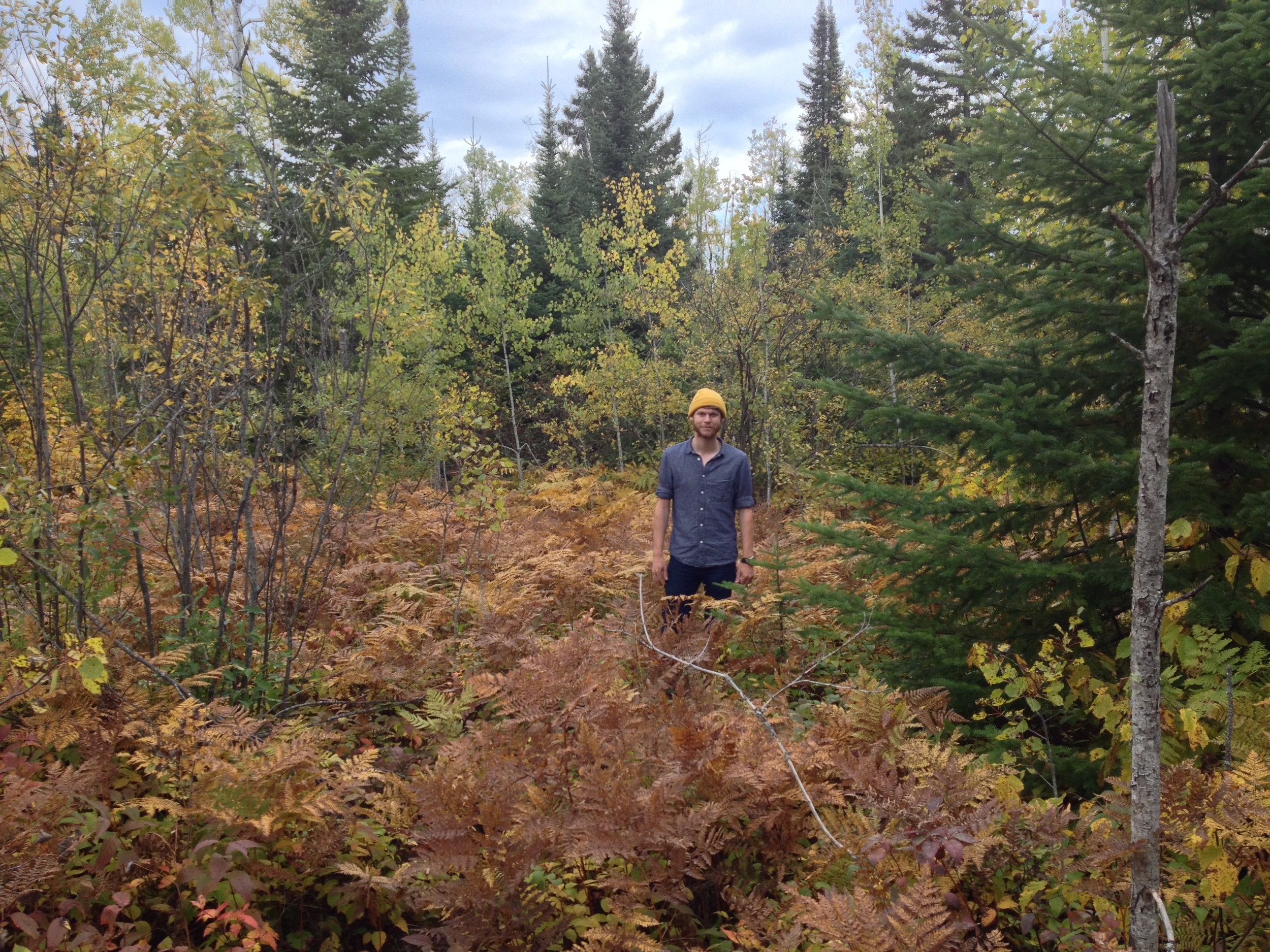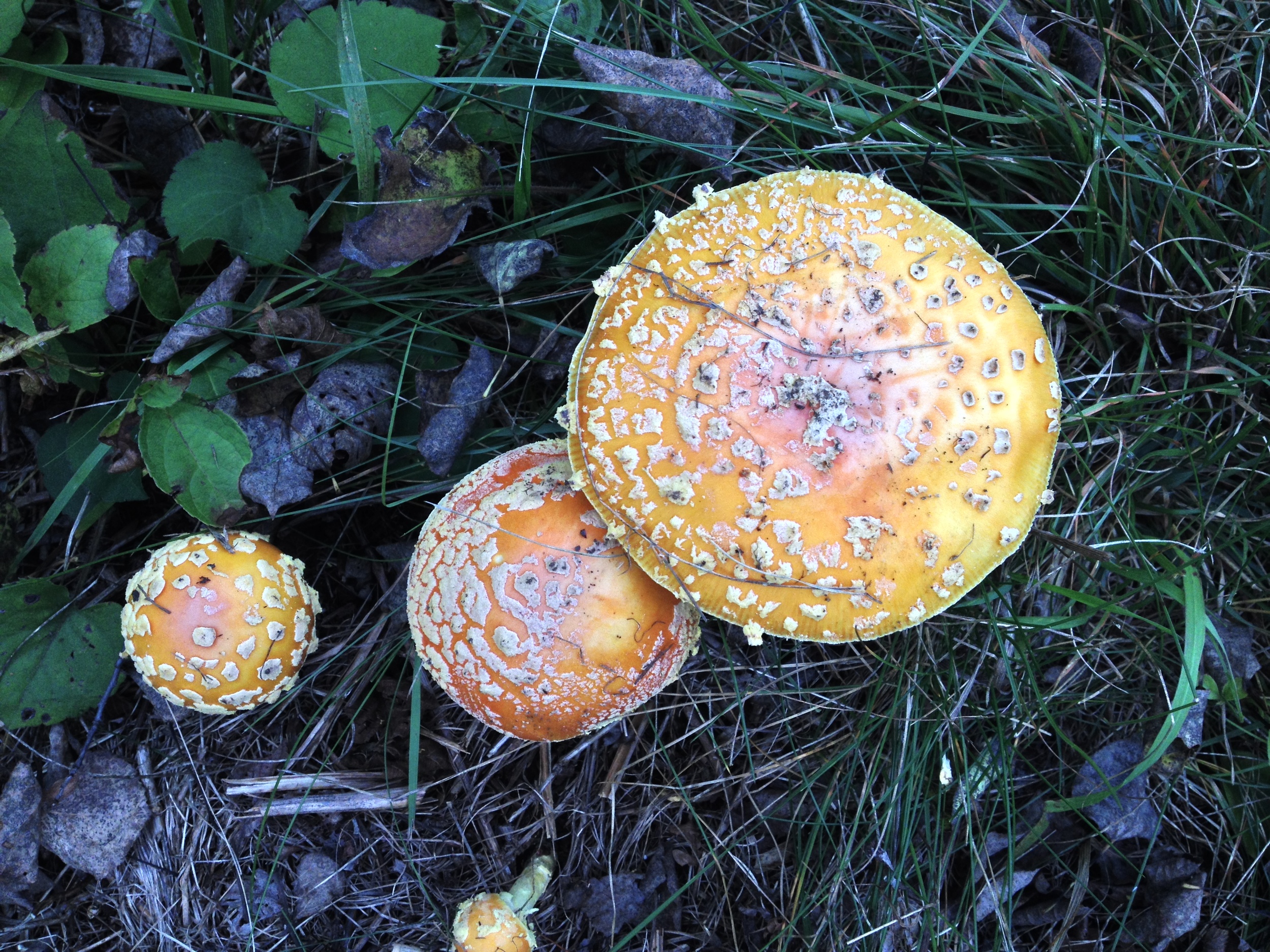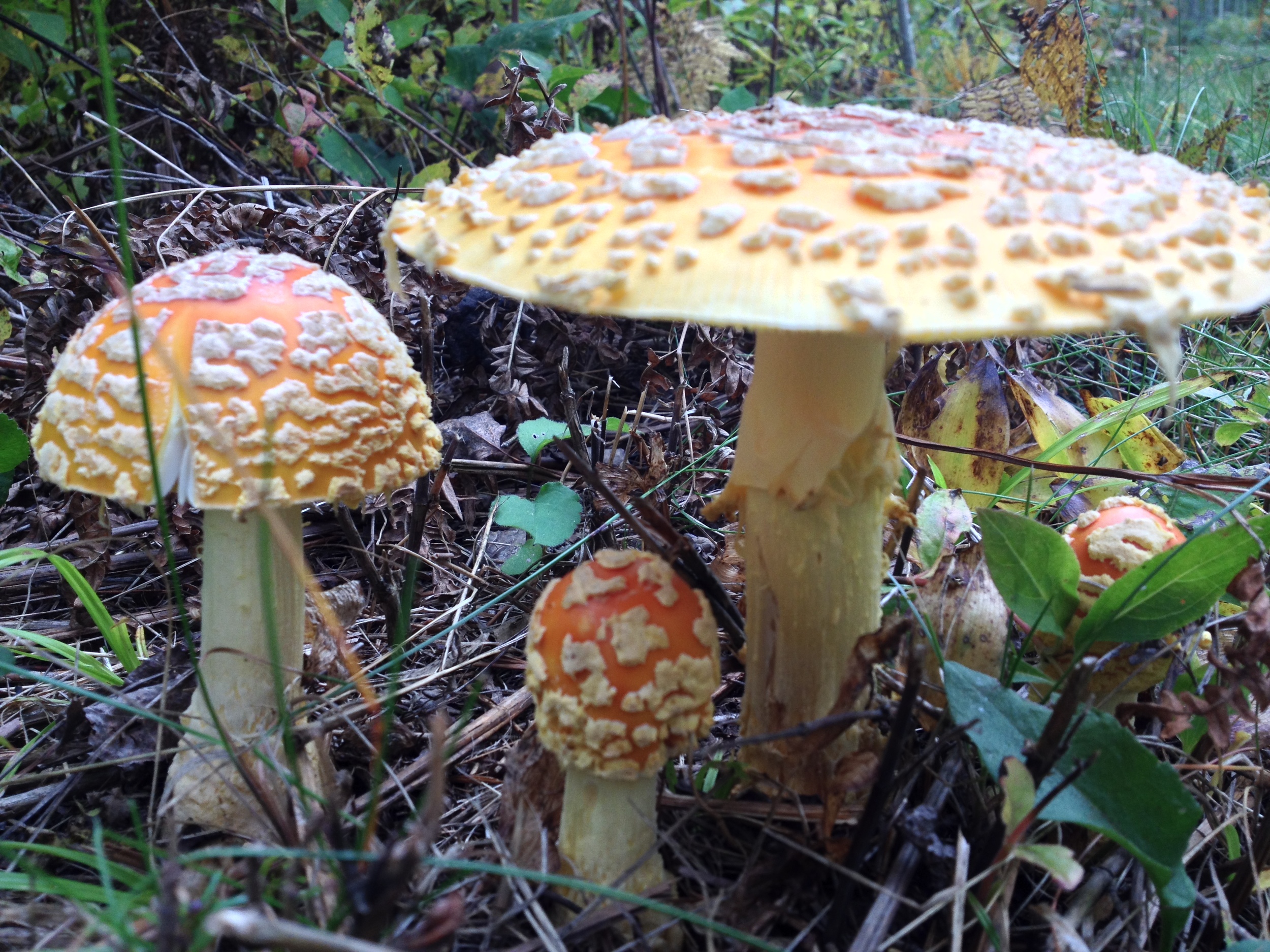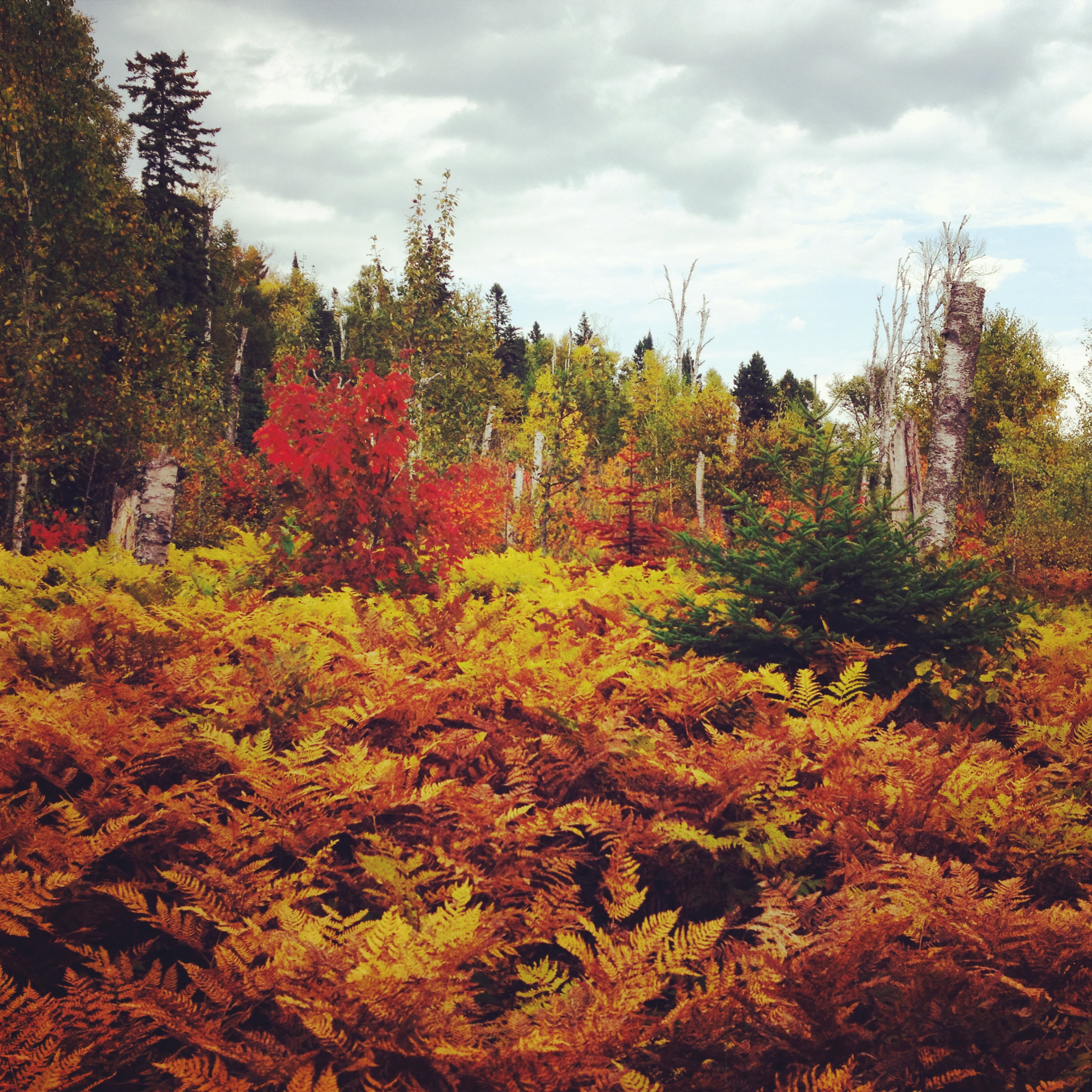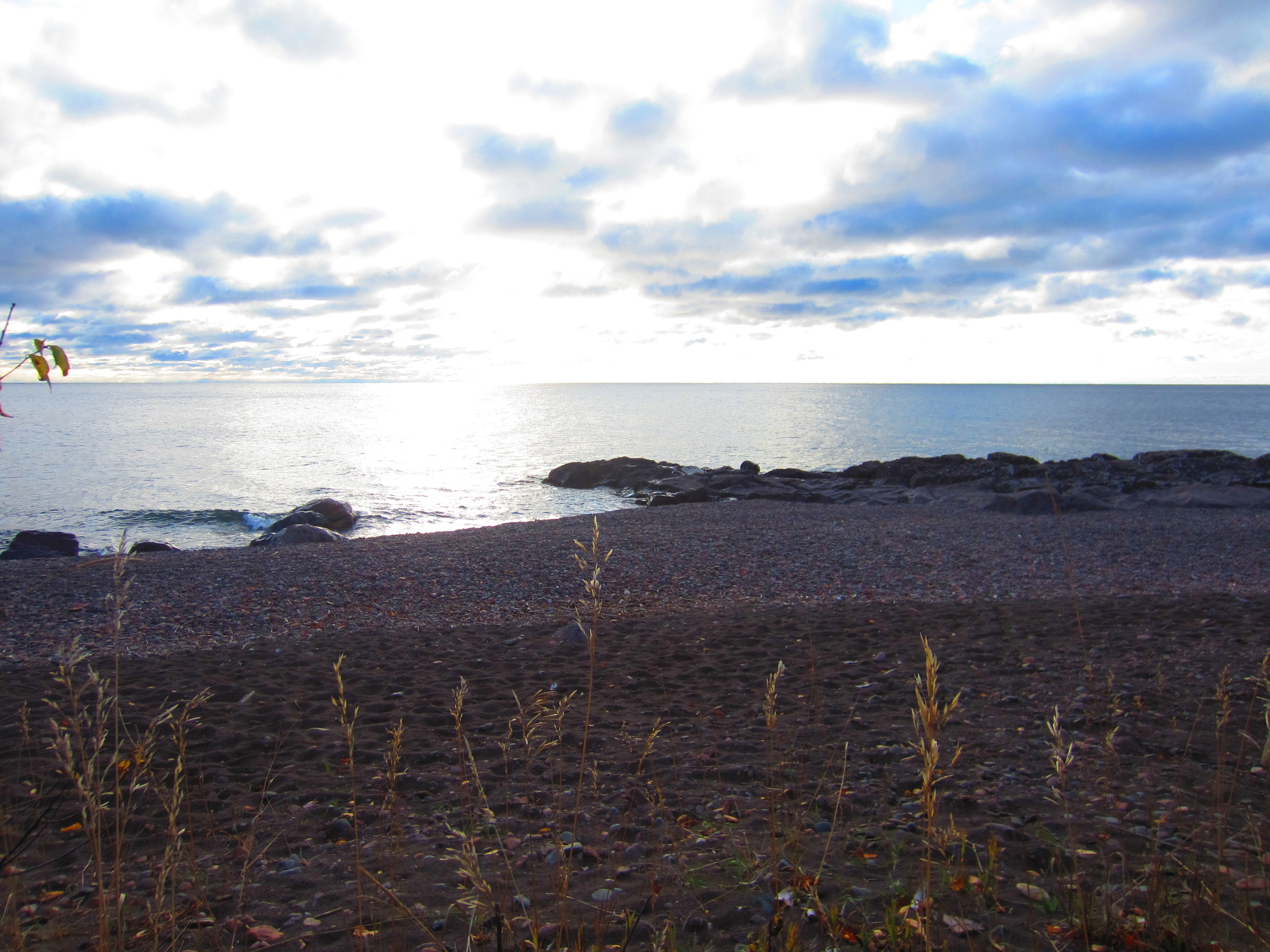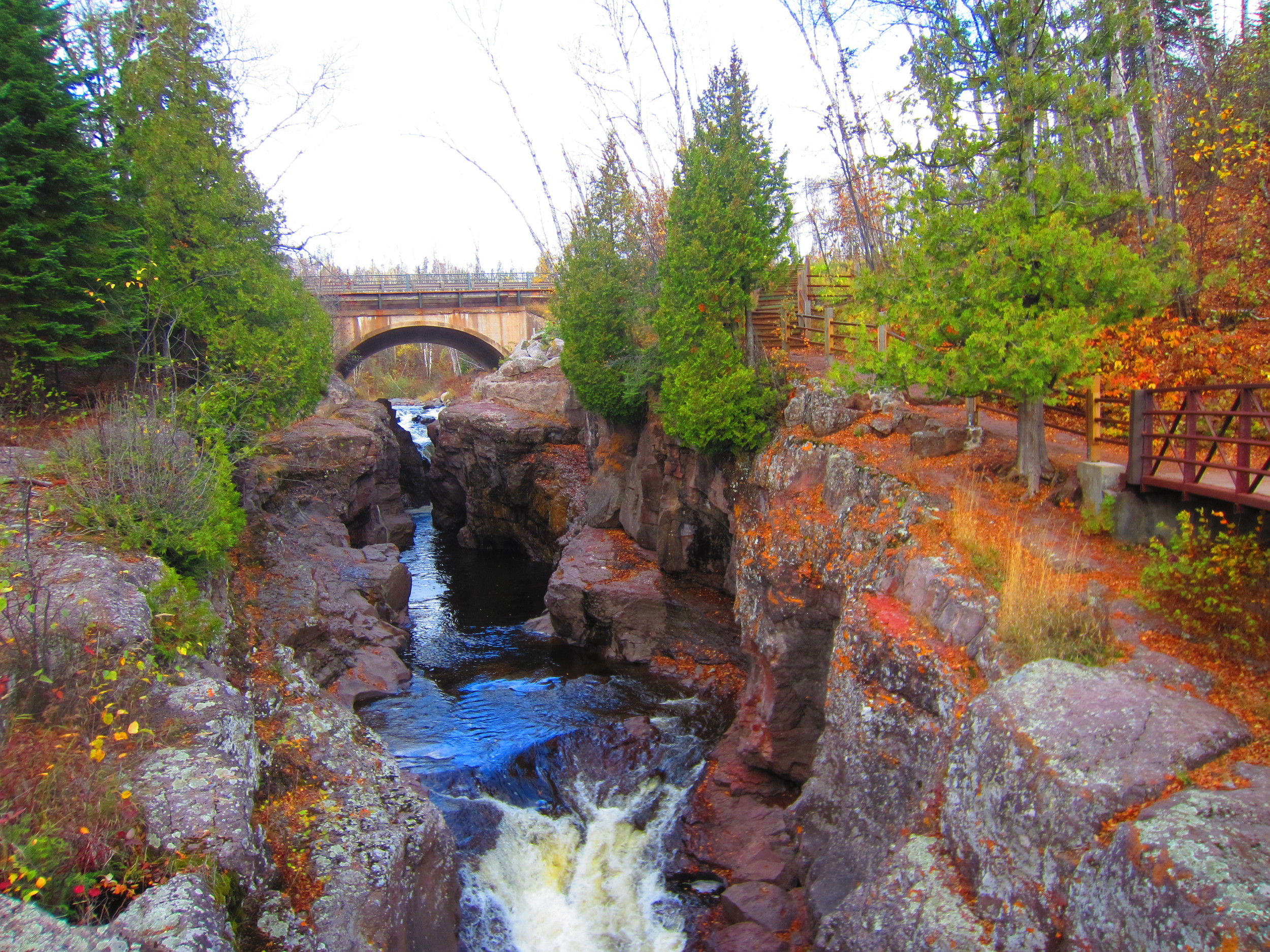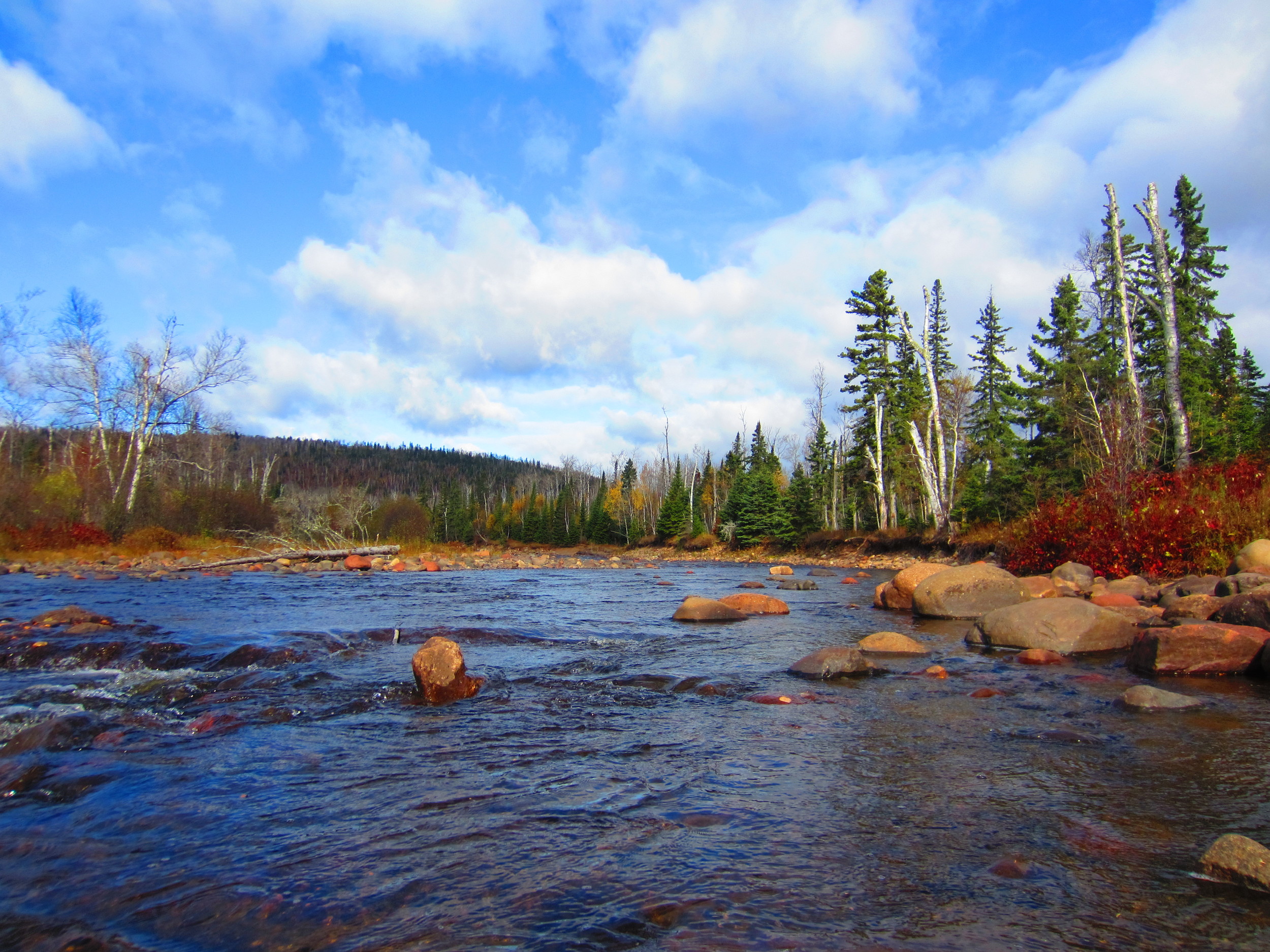The rapids on the St. Louis River at Jay Cooke State Park. Believe it or not, we saw people kayaking over these and even larger cascades.
The Drive: There have historically been two routes to Jay Cooke State Park (and Duluth) from Minneapolis. The first, fastest, and most traveled is I-35. And while this stretch of 35 is one of the most beautiful sections of interstate highway in the country, it's still a giant interstate highway lined with billboards and gas stations. The second route is a section of MN Hwy 23 known as Veterans Evergreen Memorial Scenic Drive. Splitting off from 35 in Sandstone, 23 passes through idyllic Northwoods towns like Askov and Finlayson before passing into the wilderness between the Twin Cities and Duluth. It offers amazing views of the St. Louis River Valley as well as a number of smaller rivers. However, if you want to reach Jay Cooke today, do not take the beautiful Scenic Driver. Because of the Great Duluth Flood (I invented that name) a few years ago that inundated the zoo, compromised roads, and washed away the iconic swinging bridge at Jay Cooke, the access road from Hwy 23 is closed indefinitely. My friend and I found this out to our dismay on our most recent trip up when we were forced to drive through Duluth and backtrack down 35 to reach the park, adding over a half an hour to our drive. Was it worth it to see Hwy 23? Maybe if I'd never have another chance, but if you are a regular North Shore visitor, take it on a day you plan to skip Jay Cooke and avoid repeating our mistake.
It's called a swinging bridge at Jay Cooke State Park and maybe it started out that way, but today it's mostly just a regular foot suspension bridge.
The Park: Jay Cooke State Park has always been a favorite of mine and is one of Minnesota's most popular state parks. Created from land donated by Jay Cooke, the famous Civil War financier (who also caused one of America's worst depressions when his financial empire collapsed), the 9000 acre park sits at the southern extent of the great taiga that covers nearly a third of North America. It is home to north woods animals like timberwolves, black bears, deer, and pine martins and the wild river and asperous rock outcroppings give it the kind of wilderness feel you always imagine, but so rarely actually experience in parks so close to urban centers. The St. Louis River and the newly rebuilt swinging bridge across it are the stars of Jay Cooke, but a jaunt along some of the trails and into the forest reveal that Jay Cooke has much more to offer. The mixed birch-pine forest, so characteristic of northeastern Minnesota, takes on rugged, primeval essence when set against the background of the untamed St. Louis River valley. There are several hike-in sites that allow you to truly experience the park - in the woods and away from other people.
The Birch and Aspen groves at Jay Cooke State Park can only be seen by leaving the riverbanks.
The Trail: I admit that I hadn't explored Jay Cooke beyond the river before I did the Hiking Club Trail. Fortunately the 3.5 mile trail gives a good overview of what the park has to offer, even if it only covers a small portion of it. Begin the trail at the visitor center parking lot. You'll start by crossing the swinging bridge, over the rapids. If you're lucky, you may see kayakers braving the whitewater and waterfalls on their way down the St. Louis, but don't try it yourself unless you are a very experienced whitewater kayaker or have no sense of self-preservation. The rest of the trail is a big loop following the Silver Creek Trail, so you can choose whichever direction you want to go, but I suggest starting by following the river east. You get to see the river calm down a bit and widen as it makes its way to Lake Superior. The trail then turns south from the river through groves of birth and aspen and comes to a point overlooking Silver Creek. You'll continue through the forest, up and down some major hills, and eventually end up back at the river. And follow the river back to the swinging bridge.
Cumulative Miles Hiked: 55.5
Cumulative Miles Driven: 2406
Arbitrary Rating: 5/5
Biome: Laurentian Mixed Forest
